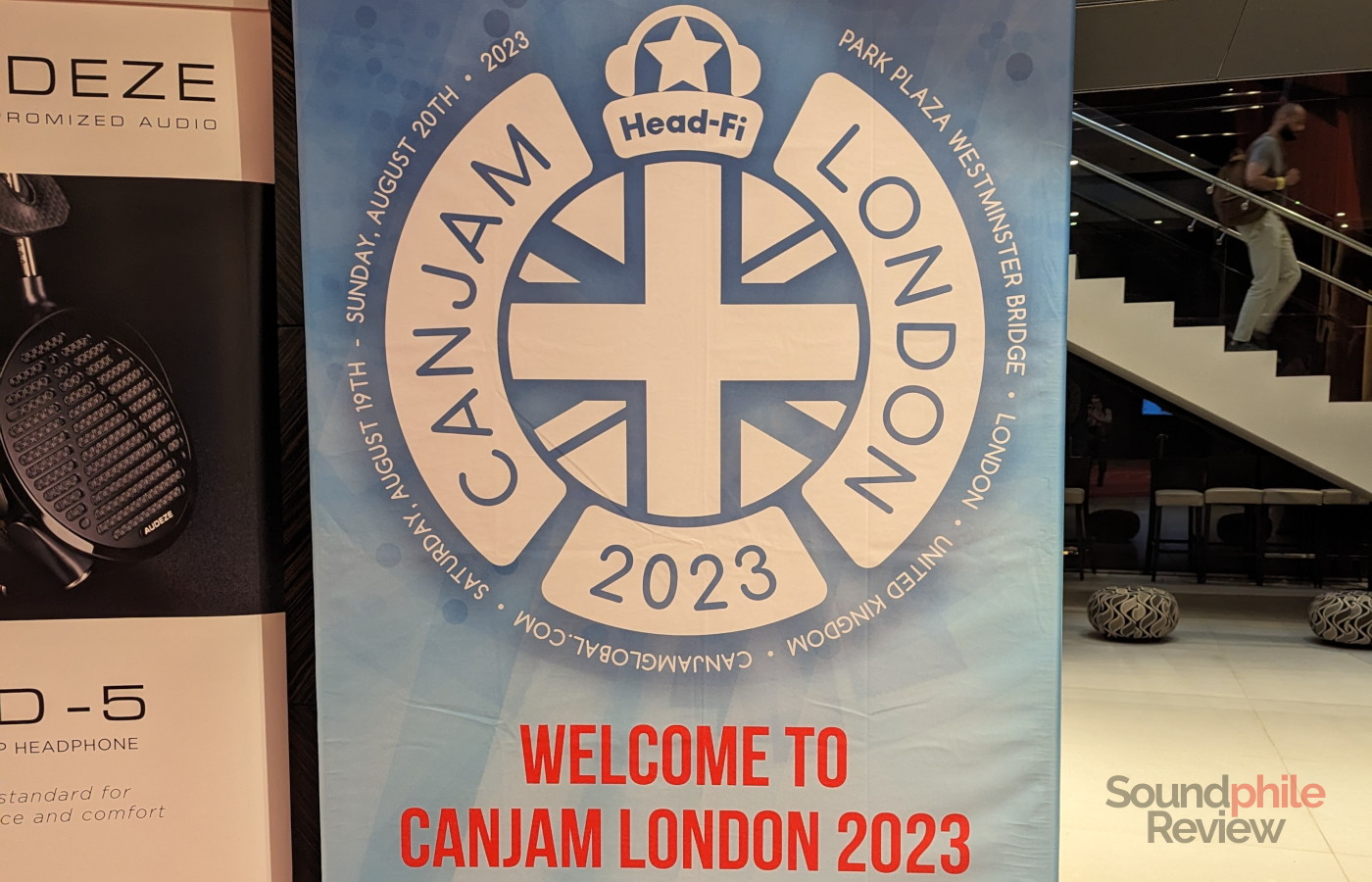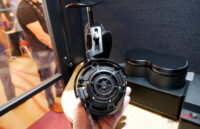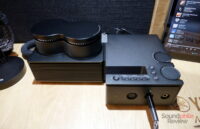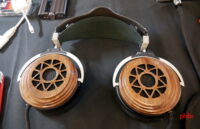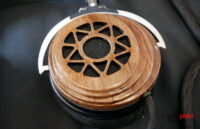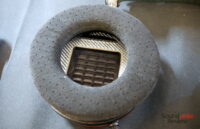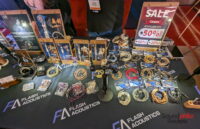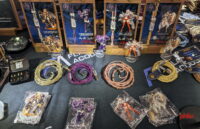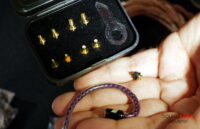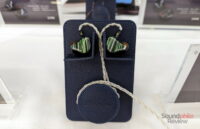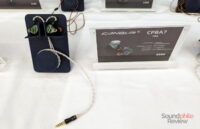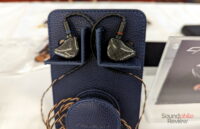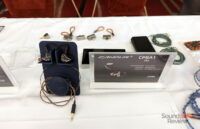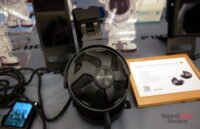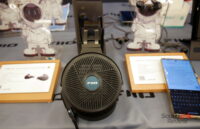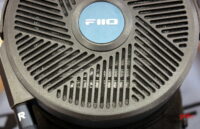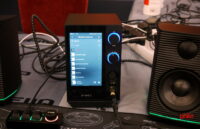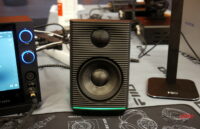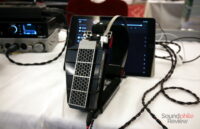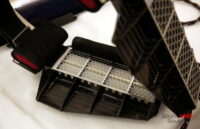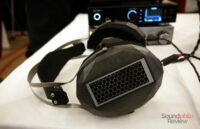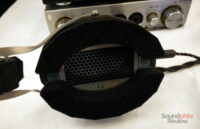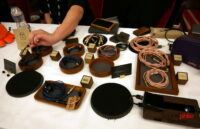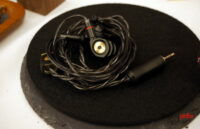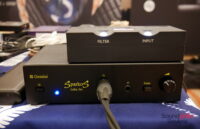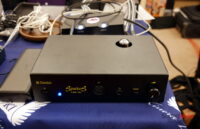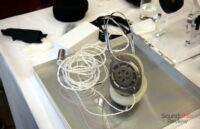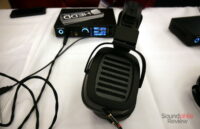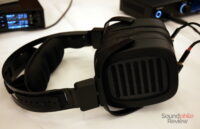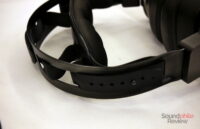After missing CanJam London for three years in a row – two times because the show didn’t happen due to COVID, last year because I contracted COVID three days before going to the show – I finally returned to the Park Plaza Westminster Bridge hotel where CanJam is held. The show was as rich and crowded as always – and possibly even more than previous editions, even compared to the one I attended in 2019.
There was a slew of companies at the show, many of which introducing something new. There were a couple of outliers though: companies with such outstanding products – scratch that, technologies – I will dedicate a specific article to each. This is not to say that the others didn’t introduce interesting products: quite the contrary, in fact, as there was a whole lot of headphones, earphones, amplifiers, DACs and amps which were super compelling.
This is what I heard, in the exact order in which I heard it – which is extremely random and mostly based on which booth had an available spot to sit and have a listen! Saturday was in fact quite busy, while Sunday was (as one can actually expect) more relaxed.
Yamaha
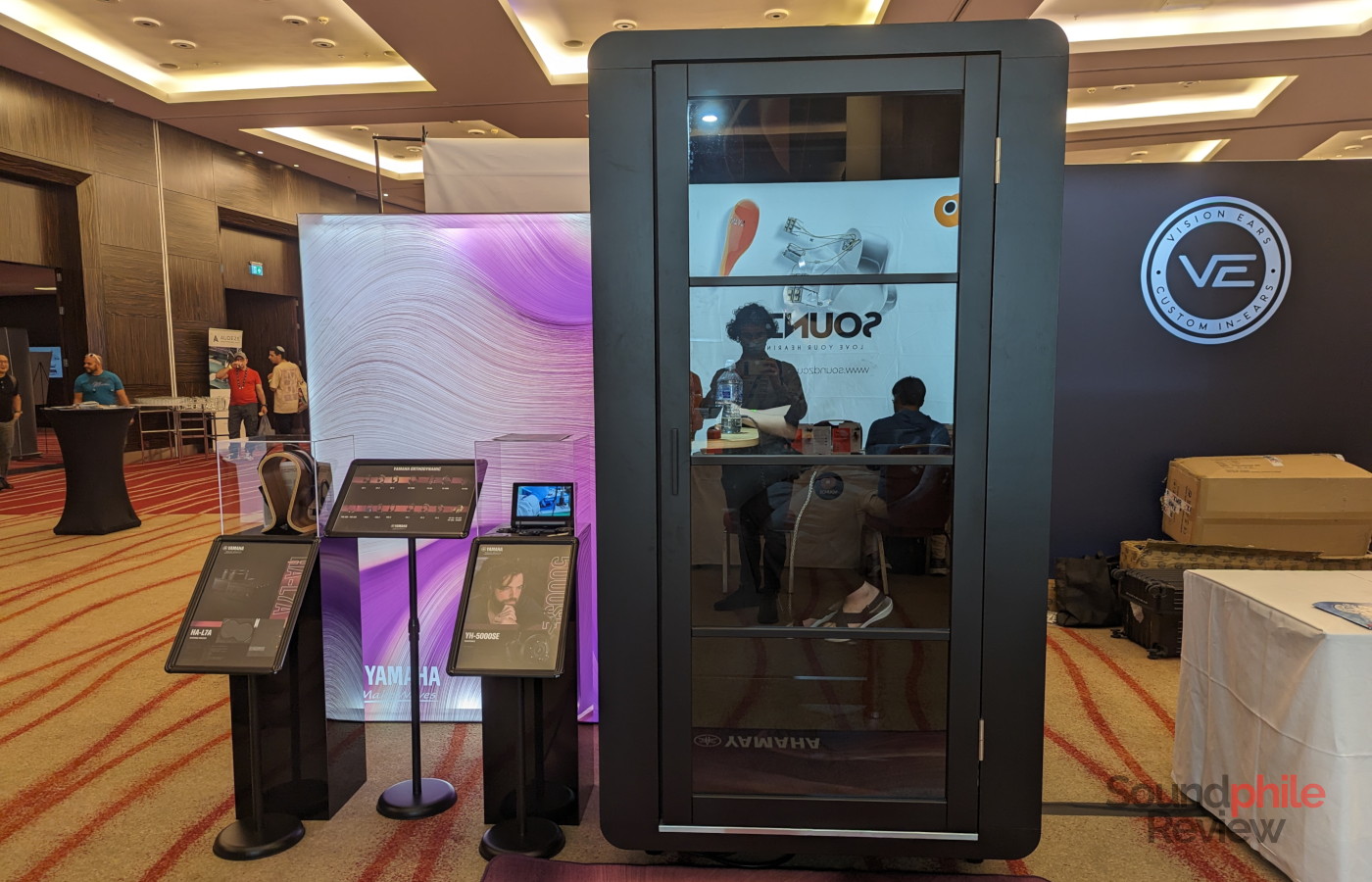
Although Yamaha pioneered the planar design in headphones (which they call “orthodynamic”), they didn’t introduce any high-end planar headphones for quite some time. The YH-5000SE is the first of a new line of products which is going to expand over time; the company seems intent on building a new line-up in the coming years that will expand both up and down price-wise.
The YH-5000SE is ~£5,000, which puts it right at the top of the market. Yamaha had set up a small cabin booth where you could isolate yourself from the noise around – a choice I certainly appreciated a lot. My impression of the headphones is that they had powerful, deep bass, with an overall warm tuning. They sounded like speakers in a room – not just in terms of presentation, as the soundstage was very wide, but also in terms of frequency response. I noticed that transients seemed to be quite fast. Thanks to their magnesium construction, they are as light as a feather – or close to that.
HiFonix
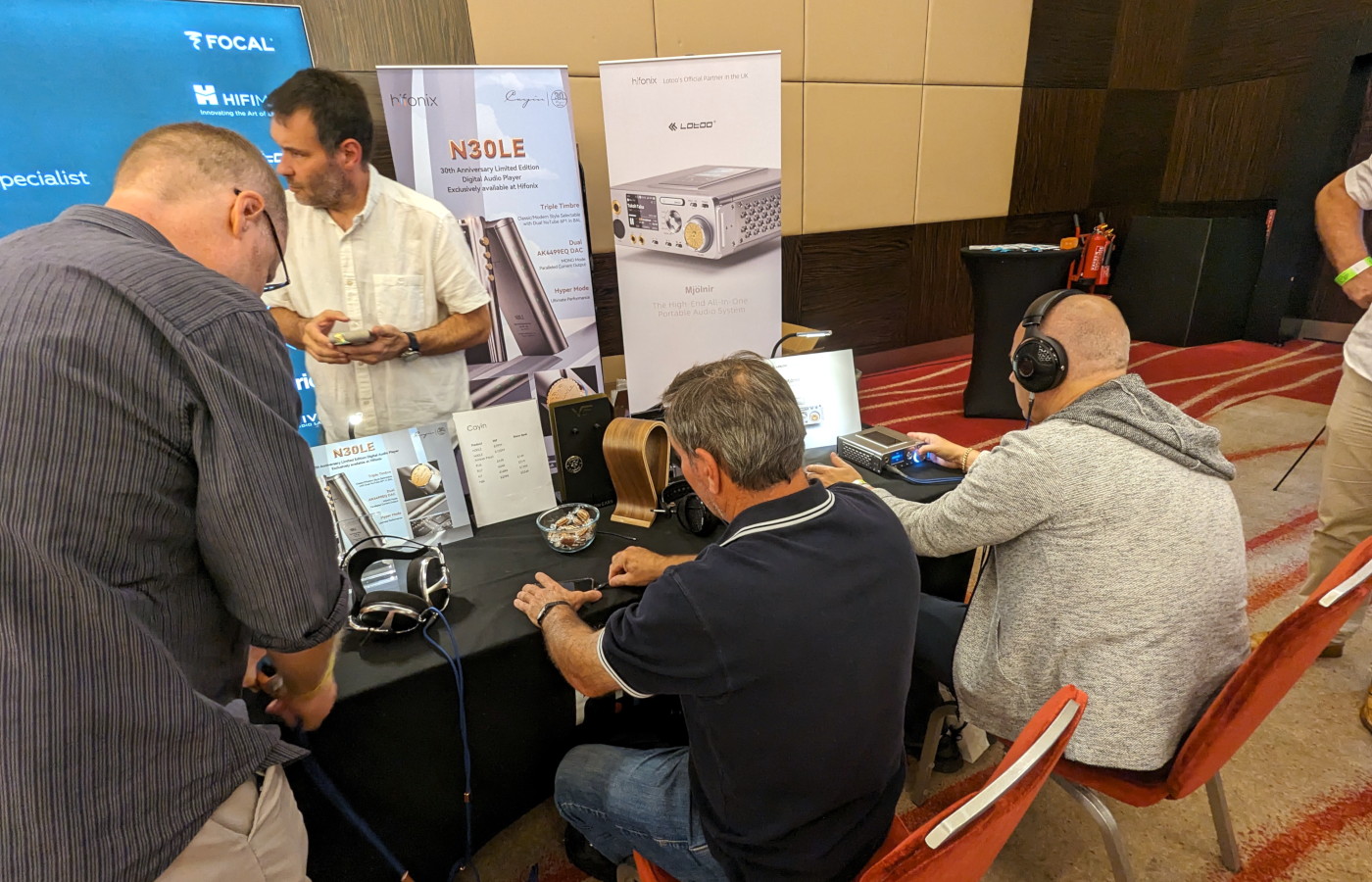
UK distributor HiFonix was present at the show with a variety of products that is simply too wide to mention in its entirety. It was also one of the most visited booths, with lots of people waiting for their chance to listen to some headphones and amplifiers – including yours truly.
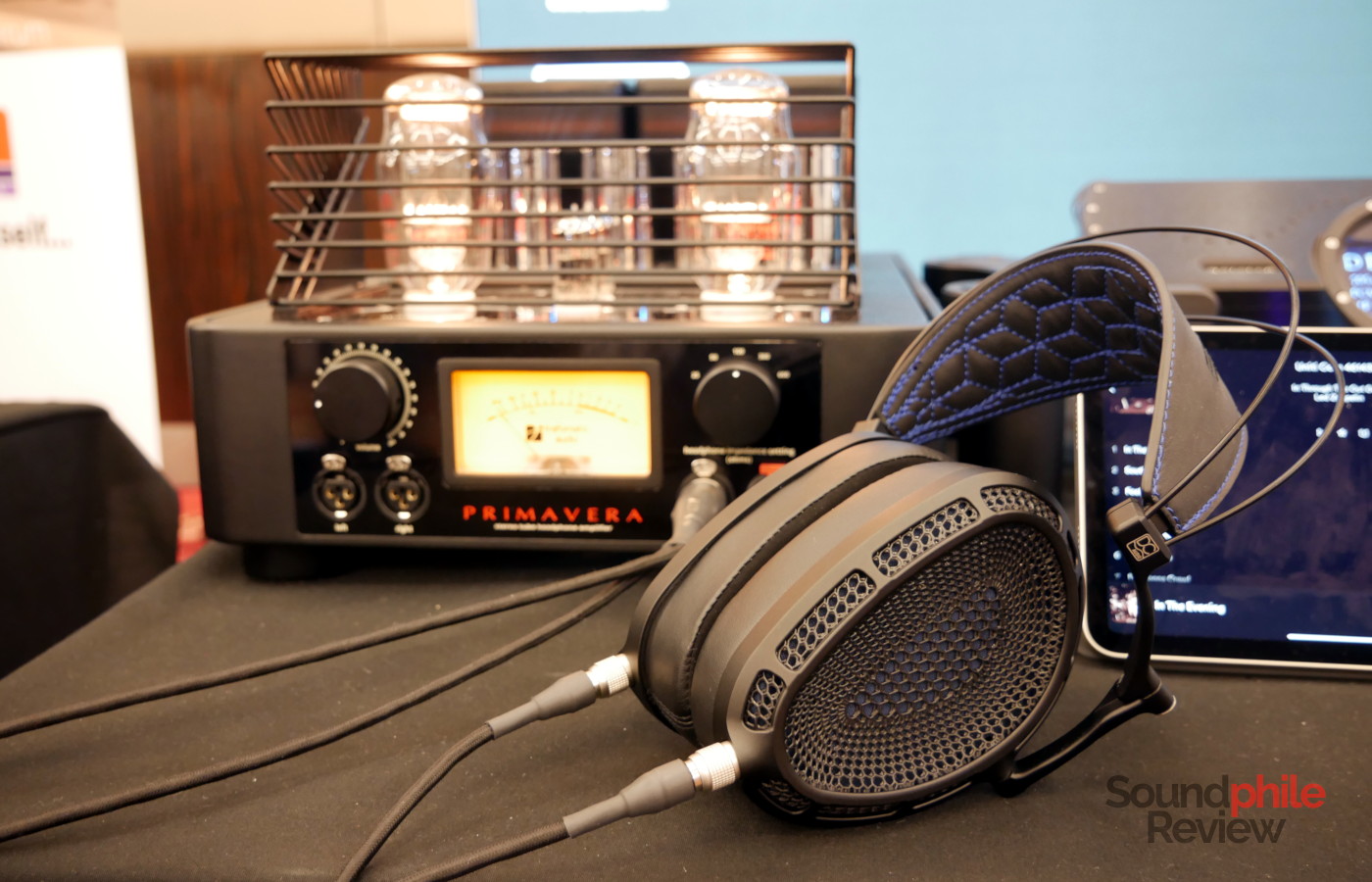
The one product that I found the most interesting, if anything due to the sheer size, was the Trafomatic Audio Primavera tube amplifier. It took a good half of the table, to give you an idea of just how incredibly massive this thing is. It was paired with a $4,000 Dan Clark Audio Expanse, which sounded really sweet on the Primavera: punchy and powerful. A great pairing!
Sennheiser
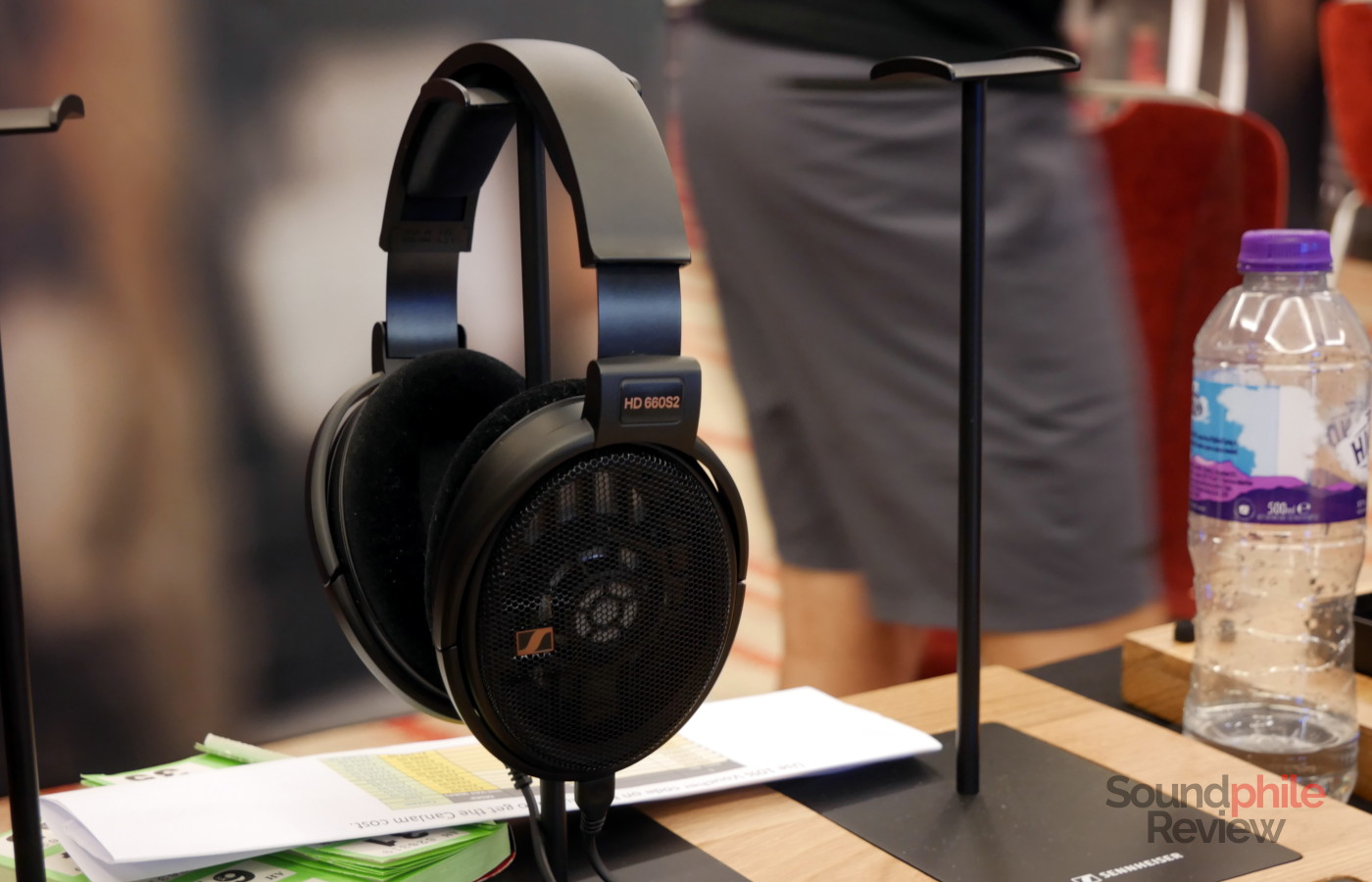
Sennheiser brought their whole offering to CanJam London and there was a big queue to try their headphones, which is why I ended up only testing the HD 660S2. These are a completely different beast from the HD 650 which I know rather well; they’re tuned much more for fun thanks to added bass and treble and don’t sound like they’re made for audio professionals. They’re still very interesting as they certainly offer many of the strengths of the HD 6xx line-up (like the superb comfort!).
QDC
I managed to try three of QDC‘s excellent earphones: the Anole VX, the Anole V14 and the Fusion. All three offered great sound, with some interesting differences. The Anole VX sounded very clean and clear, with great speed and a balanced and near-neutral tuning. I found they had great isolation (I could barely hear the rather noisy surroundings!) and felt rather lightweight and comfortable, despite their not-so-small size.
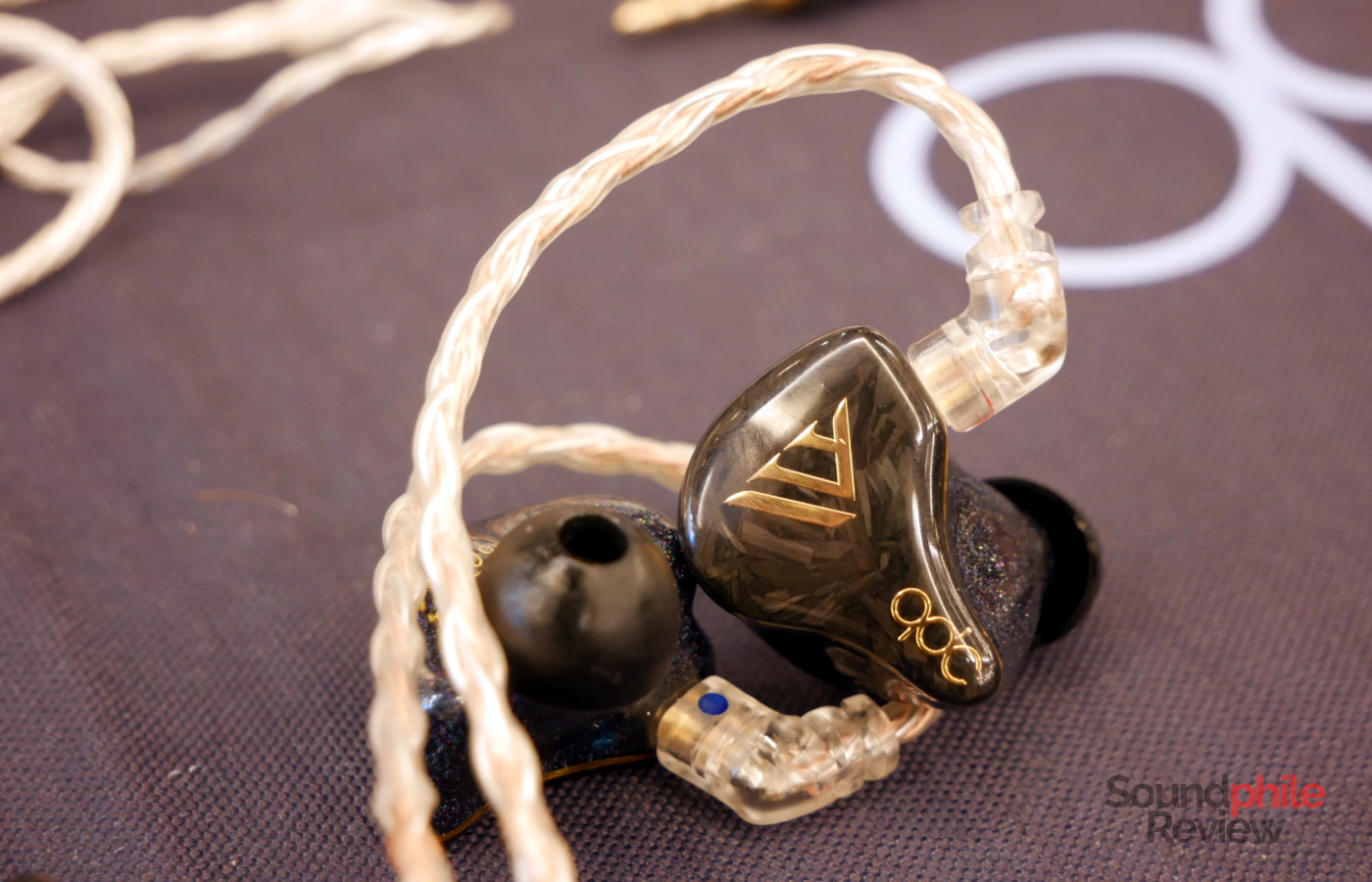
The Anole V14 was quite different, with deeper bass that had significant more rumble to it; the signature appeared to be more V-shaped. The guys at QDC kindly made me notice that there are actually switches that allow you to change the tuning to your liking (with obvious limitations, but with uite remarkable differences from my limited testing). Transients were, again, very fast, definitely thanks to the balanced armatures.
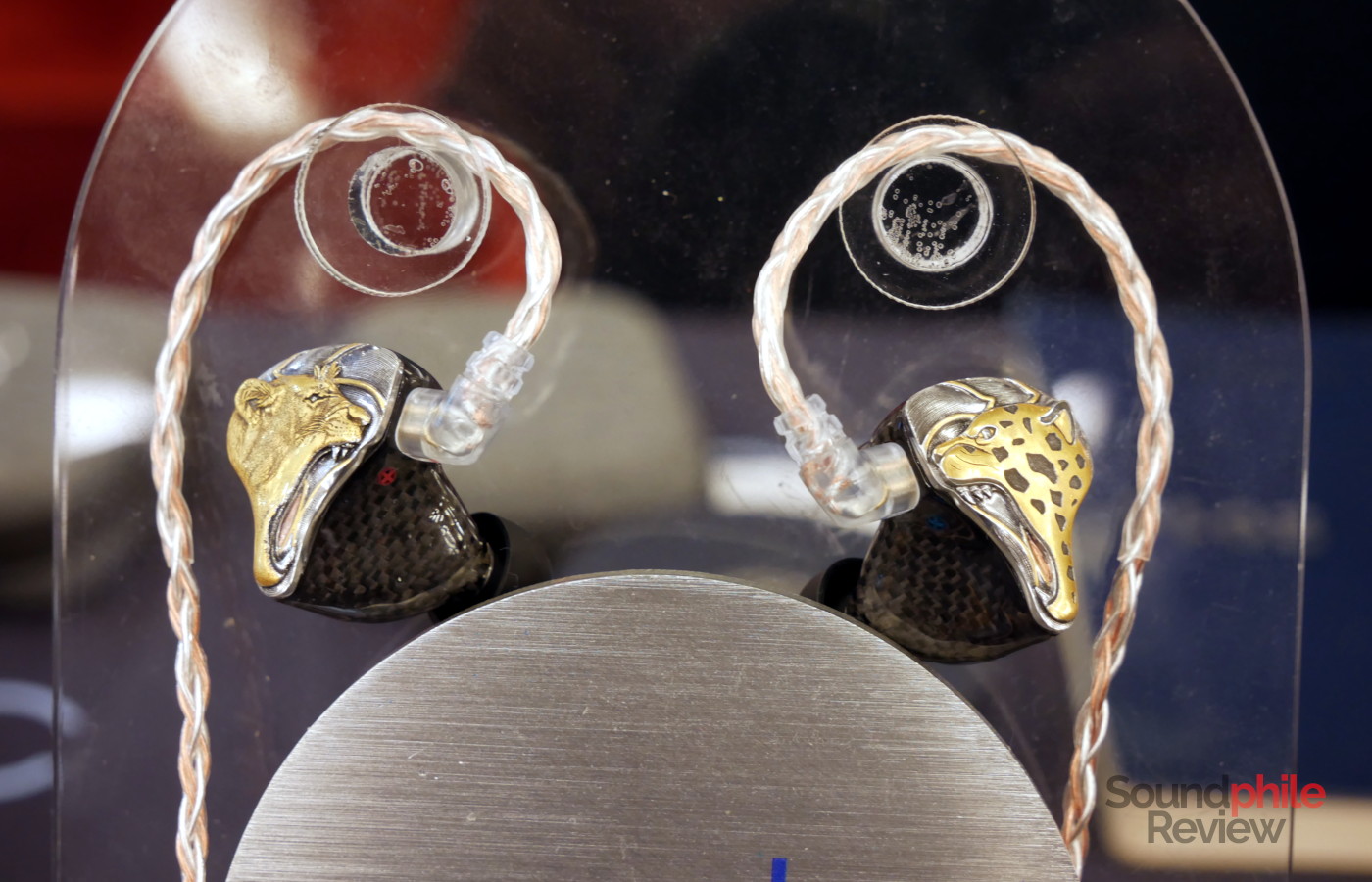
The Fusion was possibly my favourite out of the three in terms of pure tuning: I found them quite neutral, with less present and impactful bass than the V14 despite using a dynamic driver, but still capable of delivering good punch. Overall they felt a bit like studio monitors – not necessarily fun, but accurate and natural.
iFi
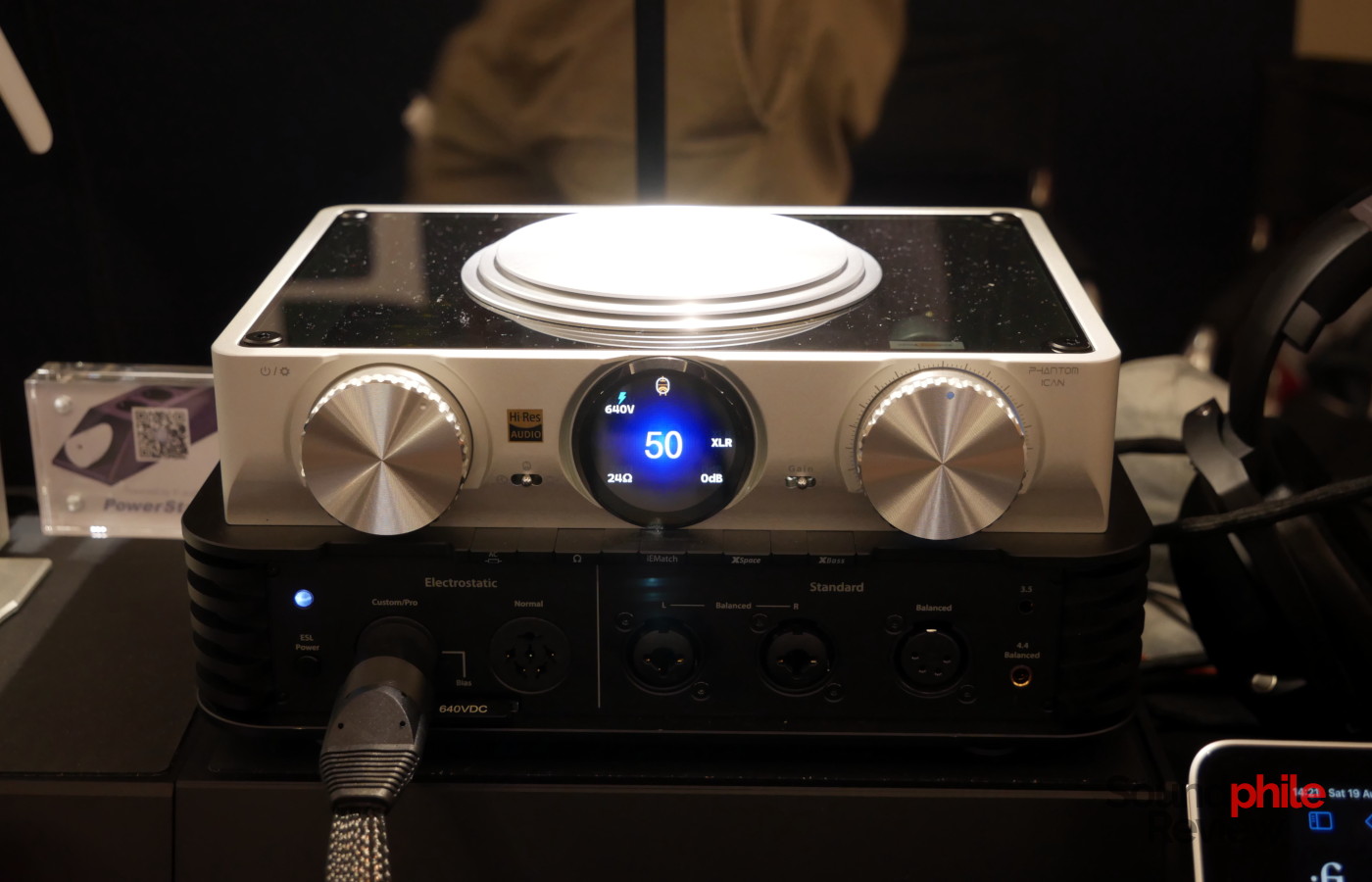
The iFi stand had all the latest devices by the company, including the all-new Phantom iCAN: a massive, almost monstrous headphone amplifier that can basically do it all. No, really: on top of the usual headphone connectors, like 6.3 mm single-ended, 4.4 mm balanced and XLR4 balanced, there are also two XLR3 connectors (one per channel) and two electrostatic outputs. That covers whatever need you might possibly have.
Questyle
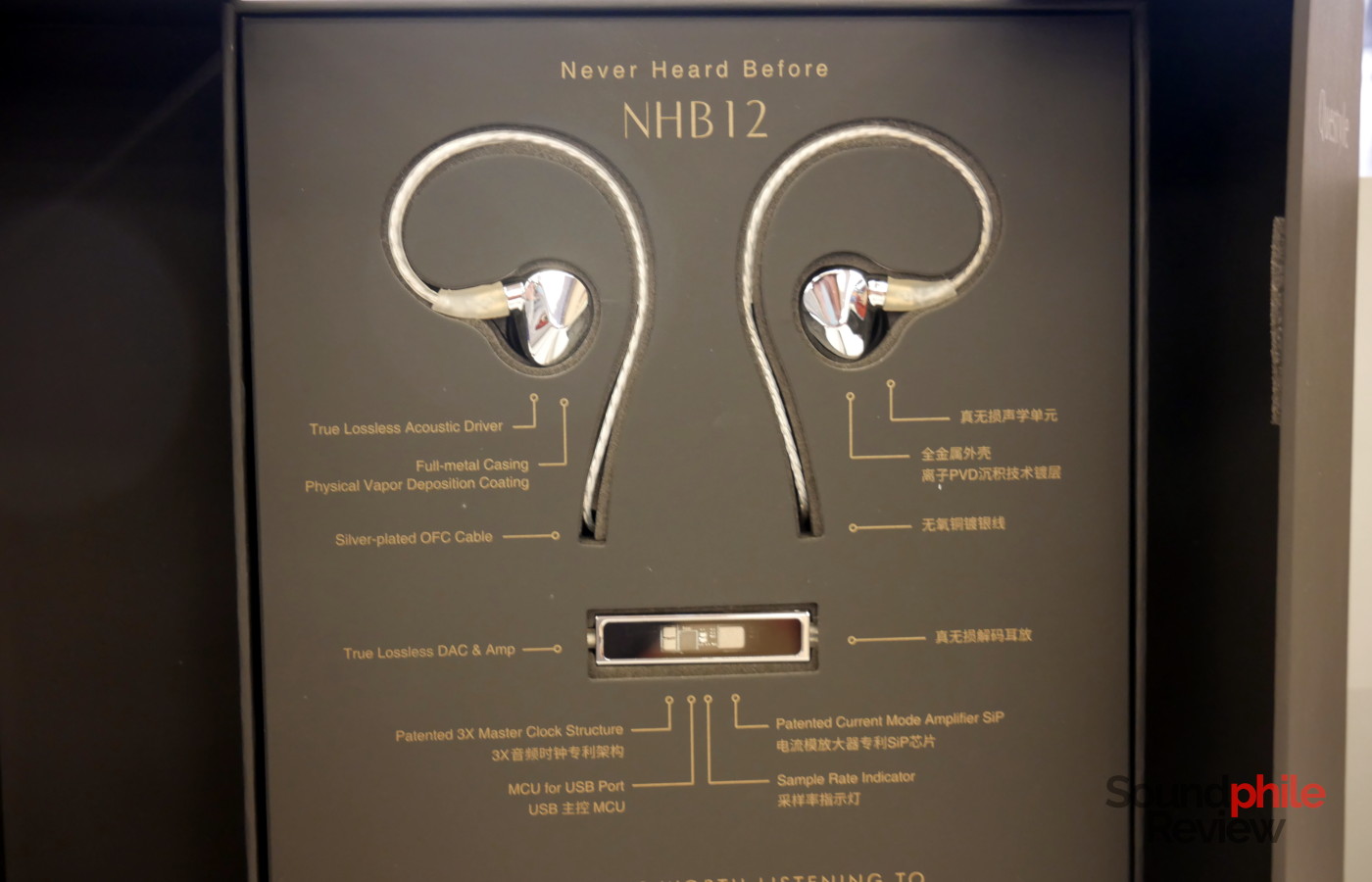
Questyle had their latest product on shows, including the CMA Fifteen and the M15. The all-new Questyle NHB12 (where NHB stands for “never heard before”) are an interesting take on earphones as they resurrect a trend that was going on a few years ago: earphones with an integrated, in-line DAC to connect them directly to your smartphone (or tablet). They only come with an Apple Lightning connector, so good luck using them with and Android device or with a computer, but they also come with a normal analogue cable with a 3.5 mm jack – which is what I ended up using as I did not have an Apple device with me.
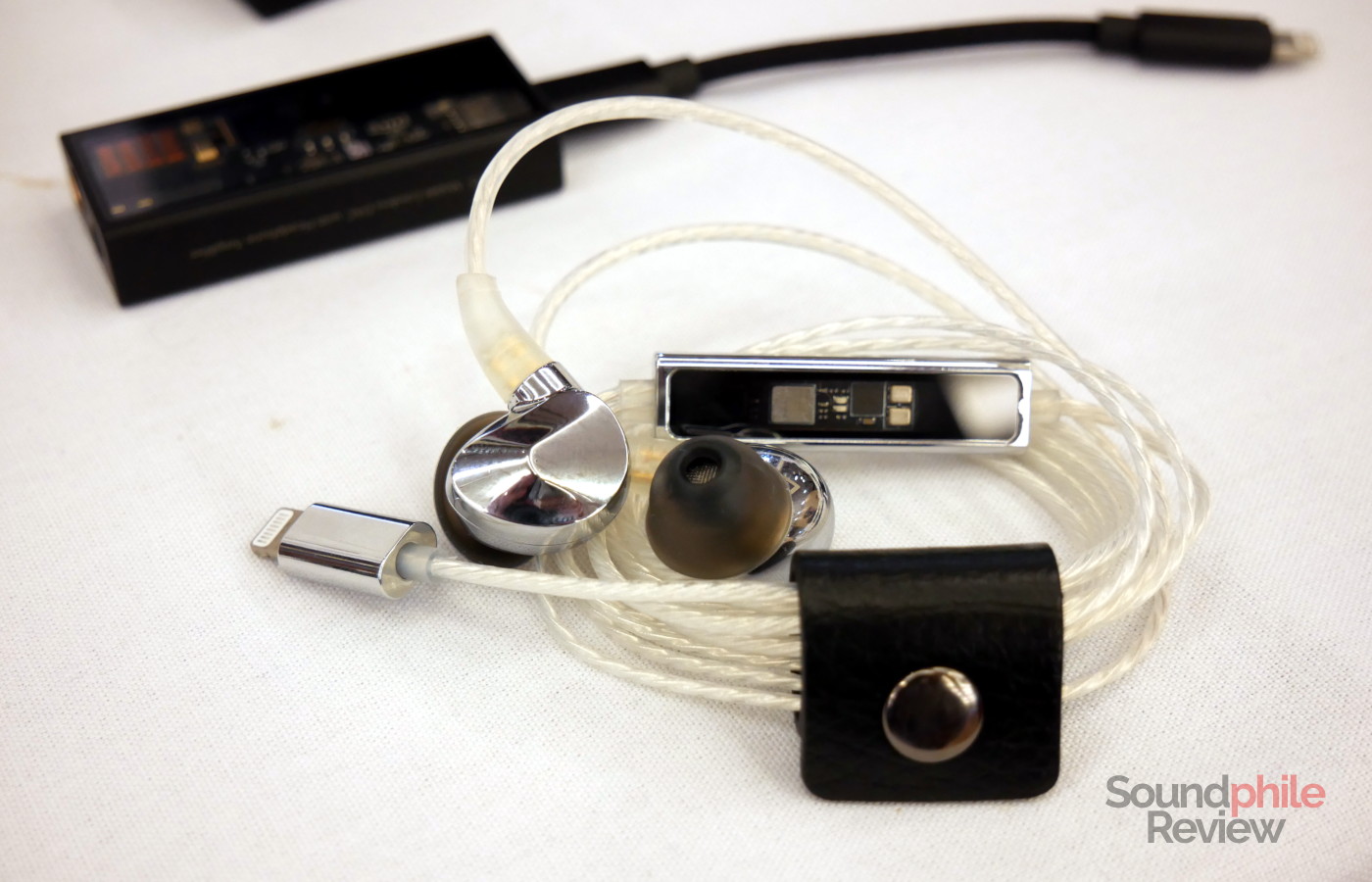
Out of my Hidizs AP80 PRO-X, they sounded rather good: bass was impactful and quite rumble-y, without sacrificing midrange and treble which still sounded clear and well-detailed. I wonder if the DAC introduces any changes to the sound and I would surely be curious to find that out. Considering it’s their first effort, I would say that the NHB-12 is quite a success, based on what I heard on the showfloor!
Spirit Torino
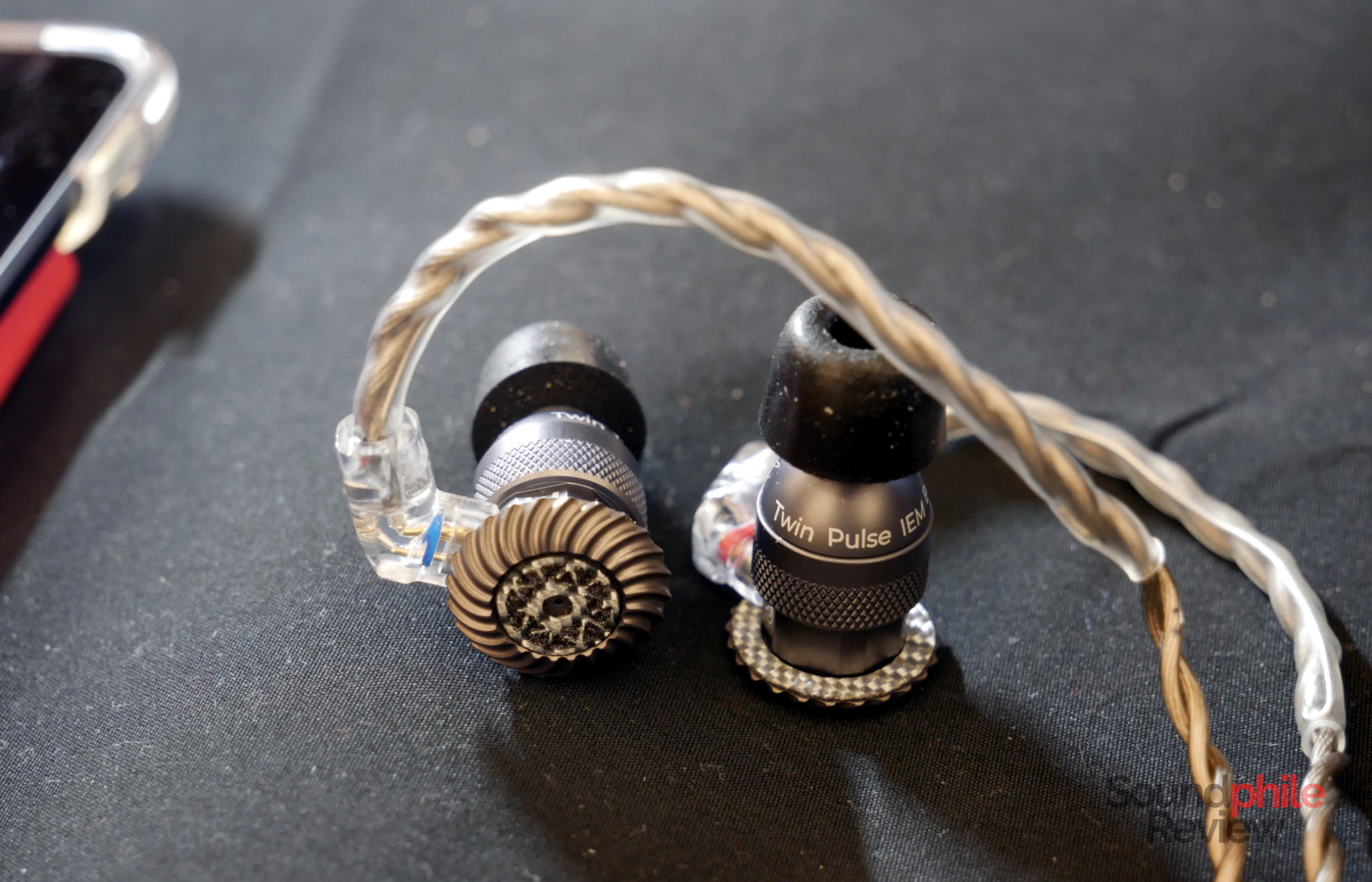
Spirit Torino had their latest headphones available, including the planar Centauri (below) and the all-new in-ear, the Twin Pulse Beryllium (above). The latter uses the same technology as the Twin Pulse and the Radiante, which means it uses two dynamic drivers in series; just like those two headphones, it is definitely an earphone for bassheads as it pumps bass to astonishing levels. This is not to the detriment of the rest, which stays quite clear, but the overall signature is a bit harmed by some nasty peaks in the treble section that make it quite fatiguing – and I noticed this over the short period of time I tried them, so this will probably be more noticeable over more extended sessions. The new Twin Pulse Beryllium retail for ~€1,000 and they will be followed up by a planar version which will retail for about €2,000. It will definitely be interesting to see what a dual-planar setup in an earphone will bring to the table.
The Centauri keeps the same approach and therefore boosts bass significantly – at least in my opinion, of course, which seems to be significantly different from that of Spirit Torino founder Andrea Ricci. The Centauri also boost treble by quite a bit, ending up with a heavily V-shaped signature; despite this, midrange stays audible and isn’t completely obscured by the rest. The level of detail is significant, which is something notable considering these are the first planar headphones by the company (though I suspect the actual driver is manufactured by someone else, just like the previous dynamic offerings). Contrary to previous headphones, these are incredibly lightweight and comfortable. The only serious downside is build quality, which appeared really poor; this might be due to the fact that this was not a production unit, but no indication was given in this sense so one has to wonder about that. And at €3,000, that’s no joke either!
Astell&Kern
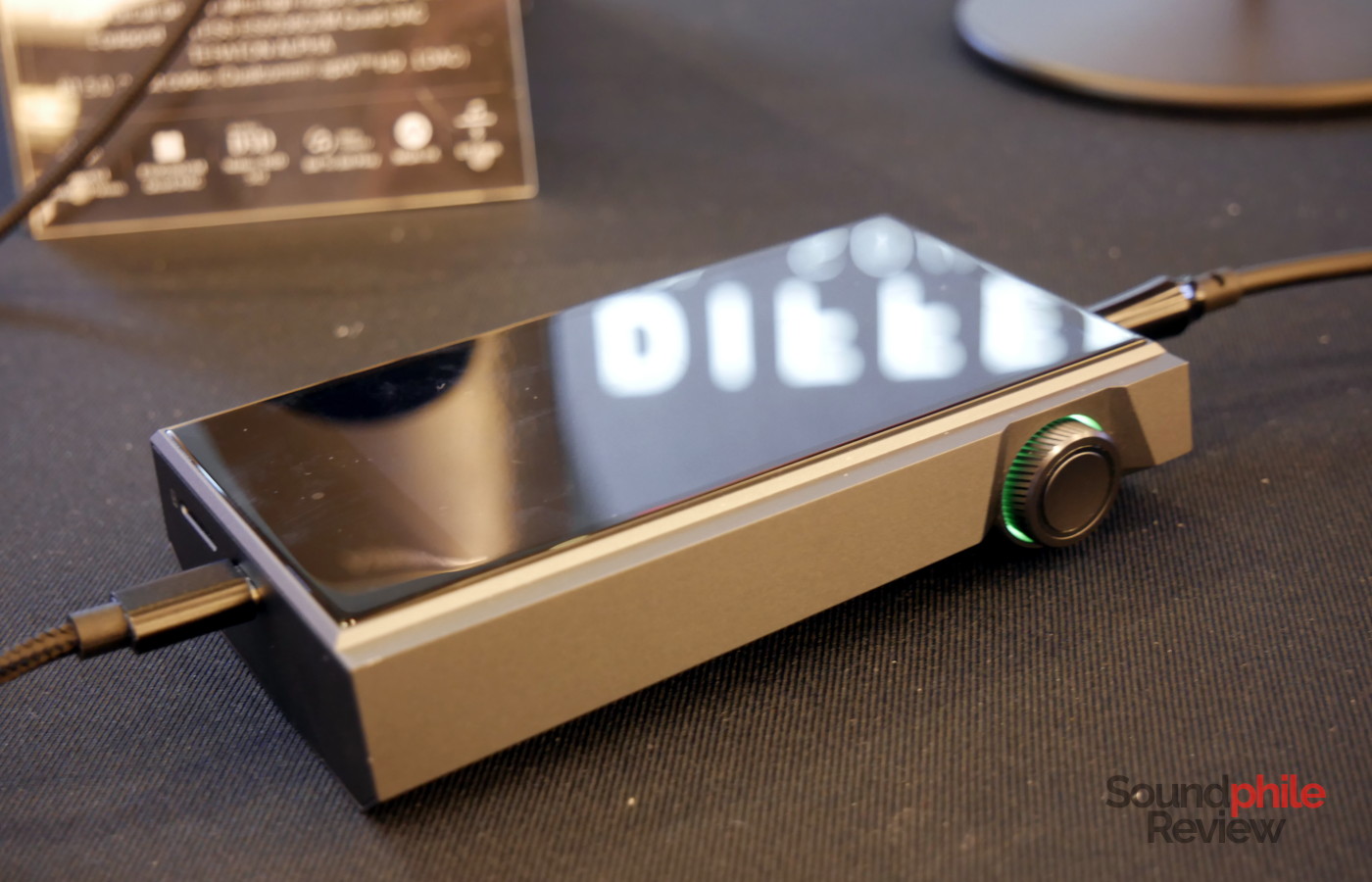
A&K was represented by their UK distributor, HEA Distribution, who brought the full line-up to the show. I therefore had a chance to audition almost everything in A&K’s range, though providing comments on the players (like the Kann Max above) is quite difficult. This is the reason why I’ll focus on the earphones: the Aura (made in collaboration with Vision Ears), the Pathfinder (made with Campfire Audio) and the Zero2.
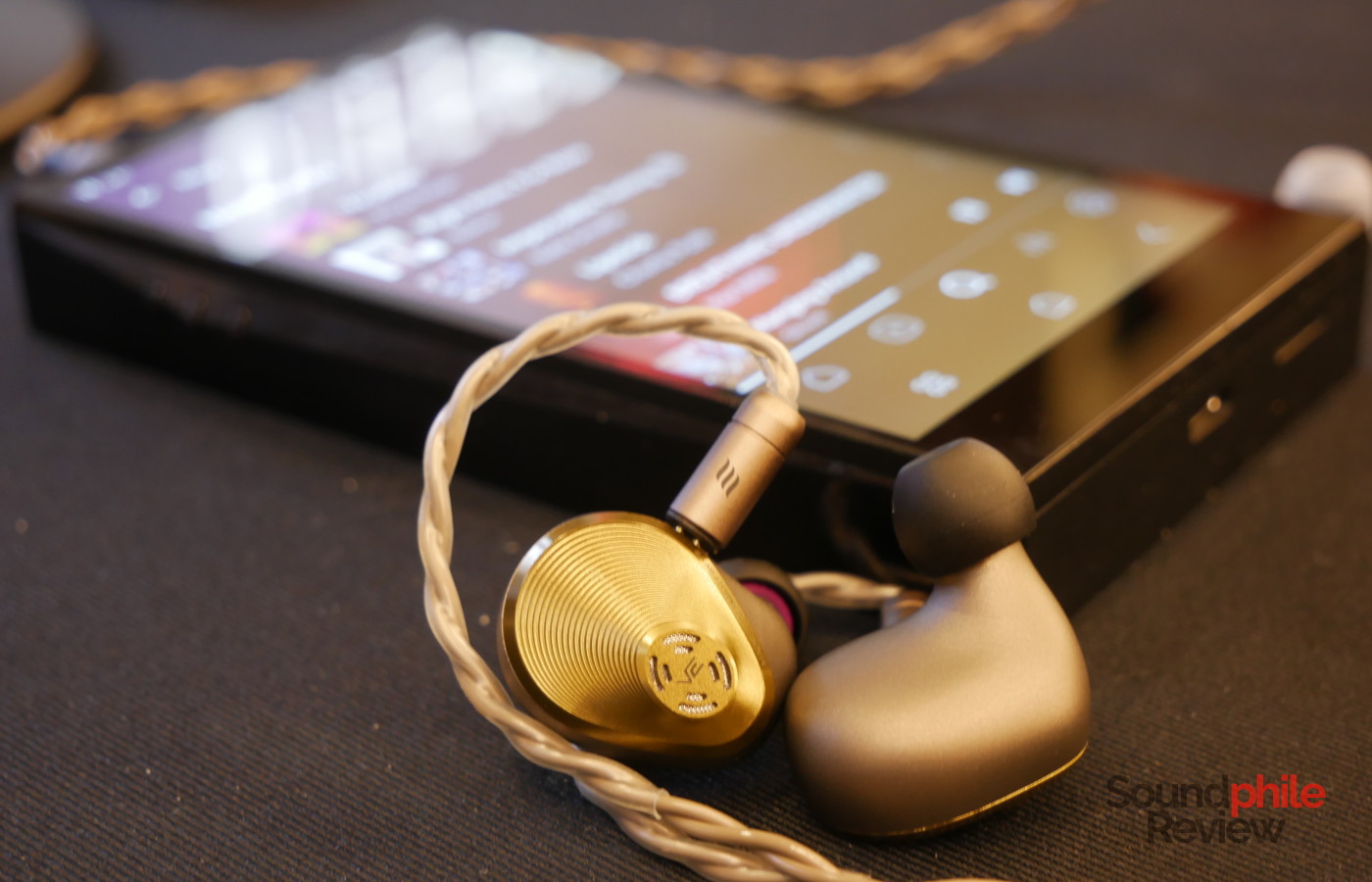
The Aura sounded quite punchy, sporting boosted bass and high-end that gave it a decidedly V-shaped tuning. They also offer great passive isolation, which really helped during the show. They’re very large earphones (with a price to match!), but they seem quite comfortable and fit reasonably well in my ears.
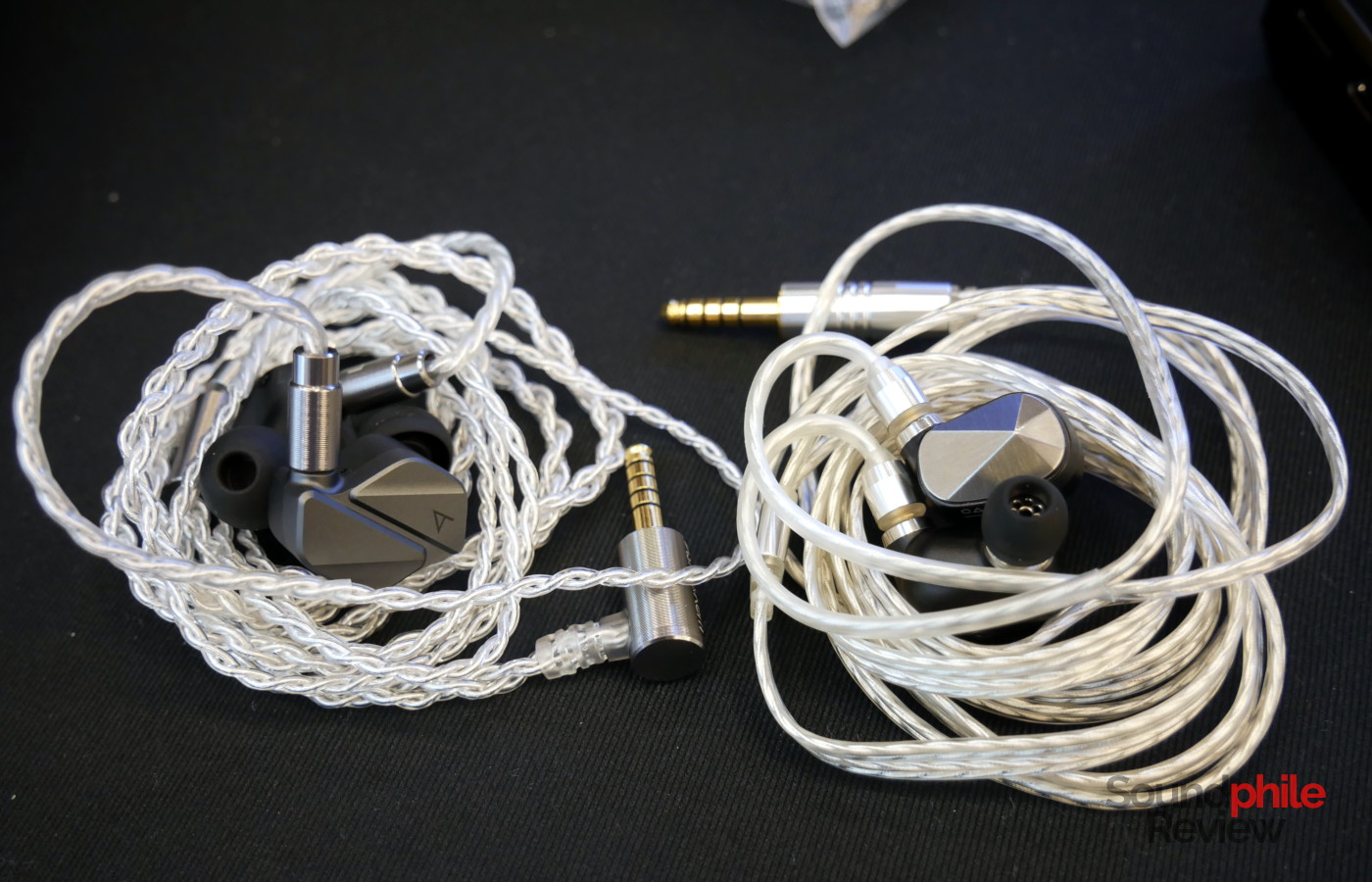
The Pathfinder has quite aggressive highs, which however have a richness to them that somewhat makes up for it. Bass is also very prominent, but it’s fast and punchy. These two characteristics together make for an interesting pairing which I would certainly like to hear in a more tranquil environment.
The Zero2 are the lowest-end offering by A&K, but I found them (somewhat paradoxically) to also be the most interesting of the bunch, as they sounded the most balanced of the trio. The only downside is comfort: their shape is quite weird and makes it difficult to judge this aspect.
Flash Acoustics
If you have read my reviews in the past, you probably know that I am not a fan of grand claims about cables. Still, I really like how manufacturers come up with different looks and materials for cables and I fully support buying new cables for the purpose of having better quality, better durability and ultimately more enjoyment out of them – I have bought a few cables myself exactly because of that. Flash Acoustics is a company whose cables I really liked – they felt very well manufactured and they had a few very interesting tricks up their sleeve: as the company founder showed to me, the termination can actually be replaced thanks to an ingenious screw-on system that allows you to not only fit MMCX and 2-pin standards, but also a variety of others (including that used by the Sennheiser IE 600!). Prices were also quite varied and the lower-end models, which retail for around $50, still seemed very robust and well-made. I surely hope I’ll get to try some in the future!
Canpur
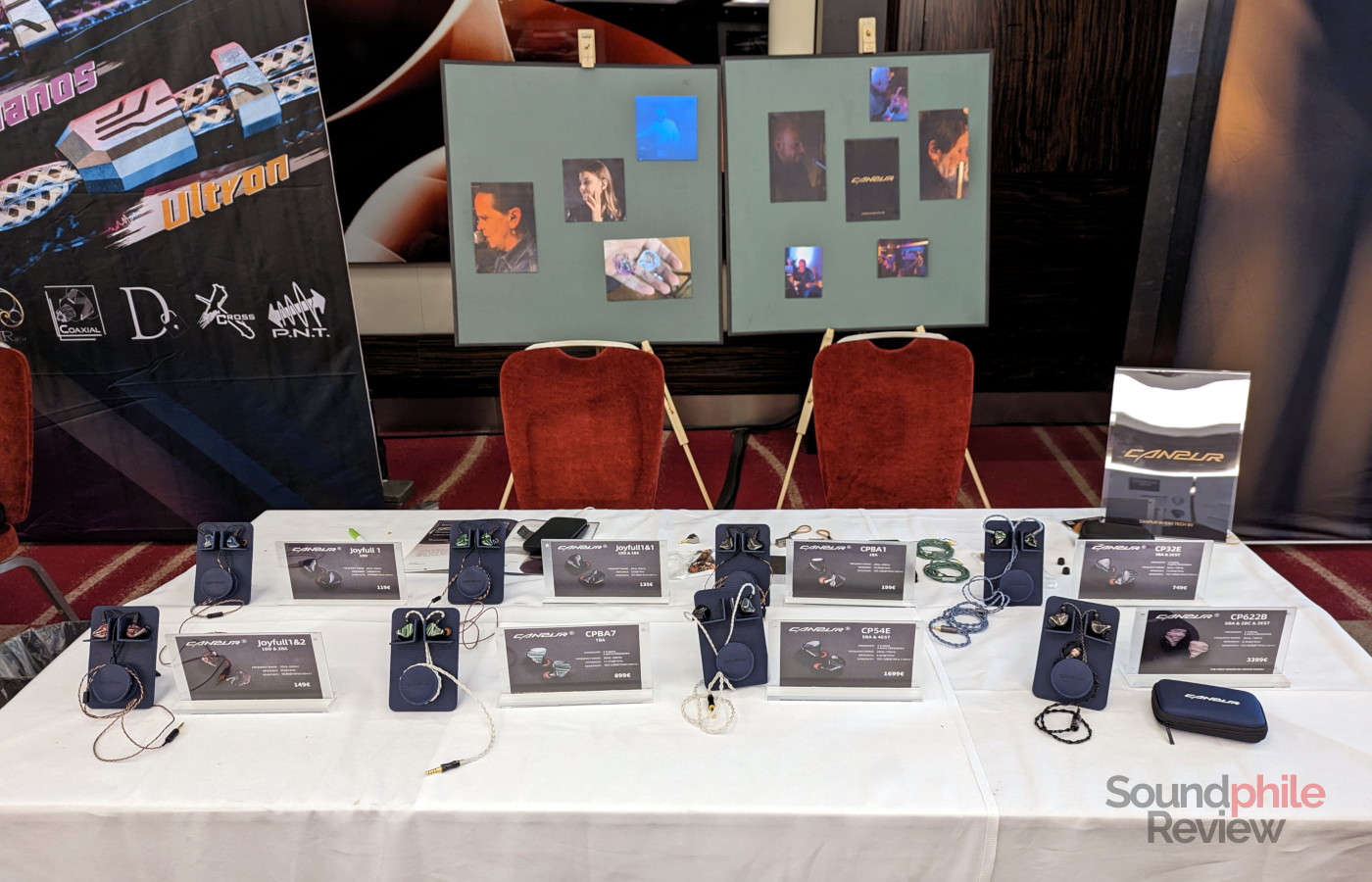
Canpur is a new player to the audiophile space, but they have been doing earphones for years for the pro audio market. They’re only now expanding beyond their region, the Netherlands and neighbouring countries, and this was their first CanJam ever. I spoke to the company’s founder, Hans Witjes, and he was enthusiastic at both the prospect of offering his products to audiophiles and at the response he got from people at the show. I have to say that Canpur’s earphones sounded great, with a smooth, peak-less response that really made music a pleasure to listen to.
I listened to their CPBA1 (with a single balanced armature) and CPBA7 (as the name implies, with 7 BAs) and I found them really interesting. The CPBA1 in particular struck me as it has quite a bit of (deep enough) bass despite only having a single BA. The CPBA7 sounded extremely good, with a full-bodied, neutral-ish response. It was definitely one of the revelations of the show!
Letshuoer
Letshuoer had their whole line-up at the show, from the low-end to the top-of-the-line products. The company had their newest offering on the table: a quad dynamic driver IEM which sounded really good, with a smooth response and physical bass. It will retail for $89, which makes it definitely interesting – especially considering my guess was it would cost in the region of $180.
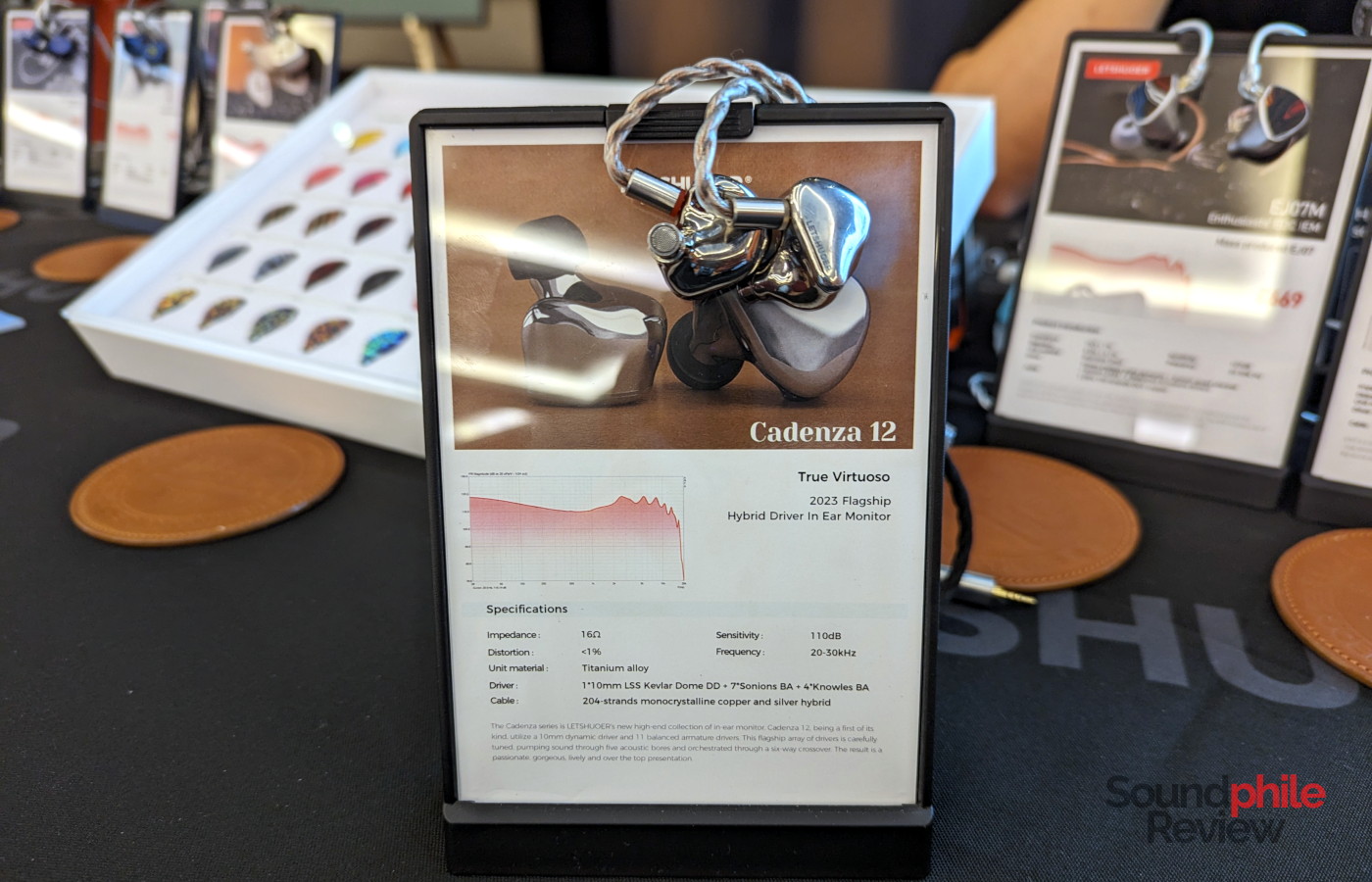
The Letshuoer Cadenza 12 was the surprise of the show, at least to me. It delivered incredibly smooth and well-tuned sound, except for the high end where there was a bit of added emphasis due to multiple bumps. The low-end and midrange was just astonishingly good, with a coherence and consistency that were seriously impressive.
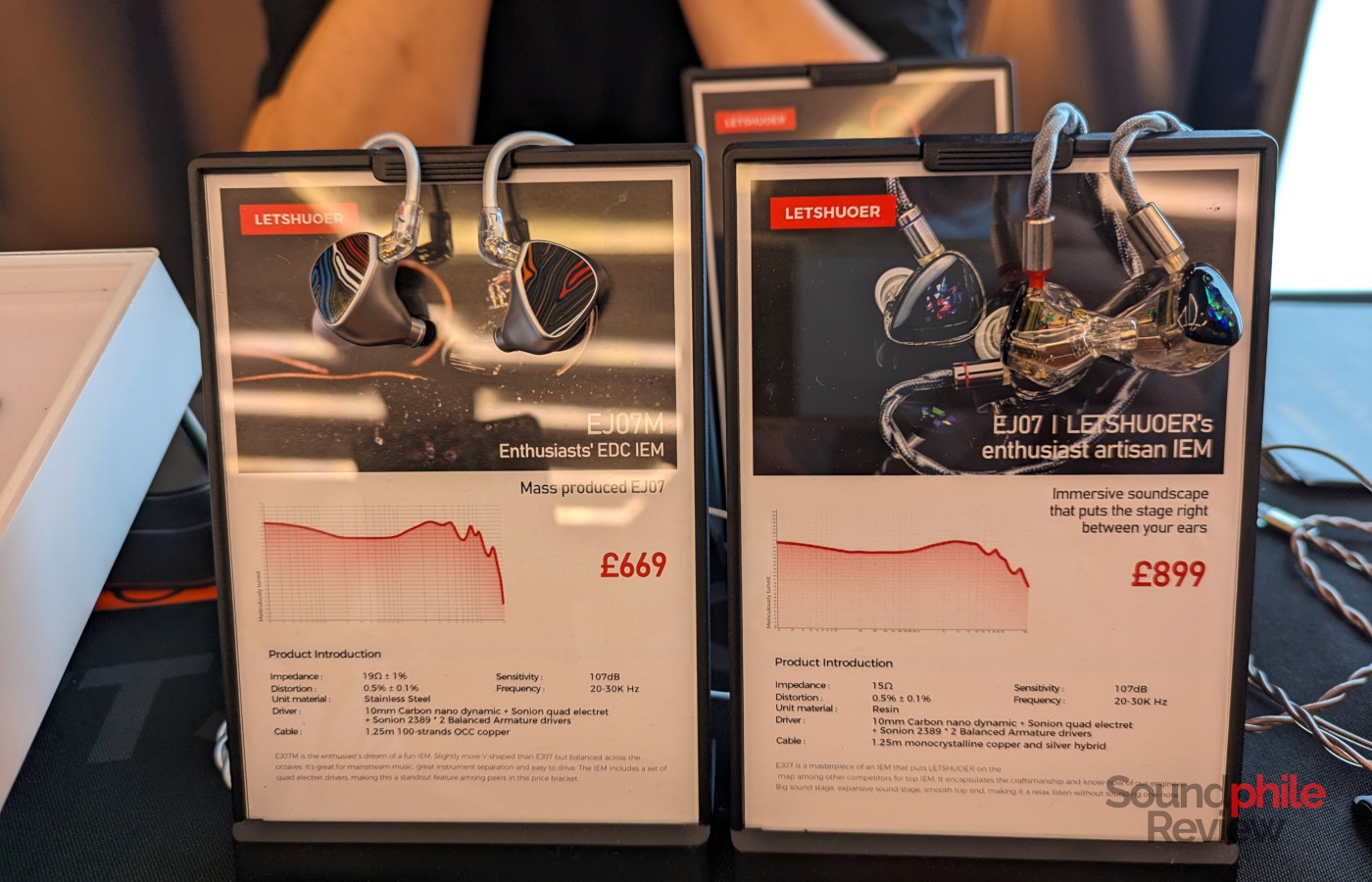
The EJ07 and EJ07M were definitely worth a listen as well. The EJ07 were more balanced and almost neutral, whereas the EJ07M had more bass and treble that made them more fun. Both had a lot of details and significant instrument separation.
Elysian
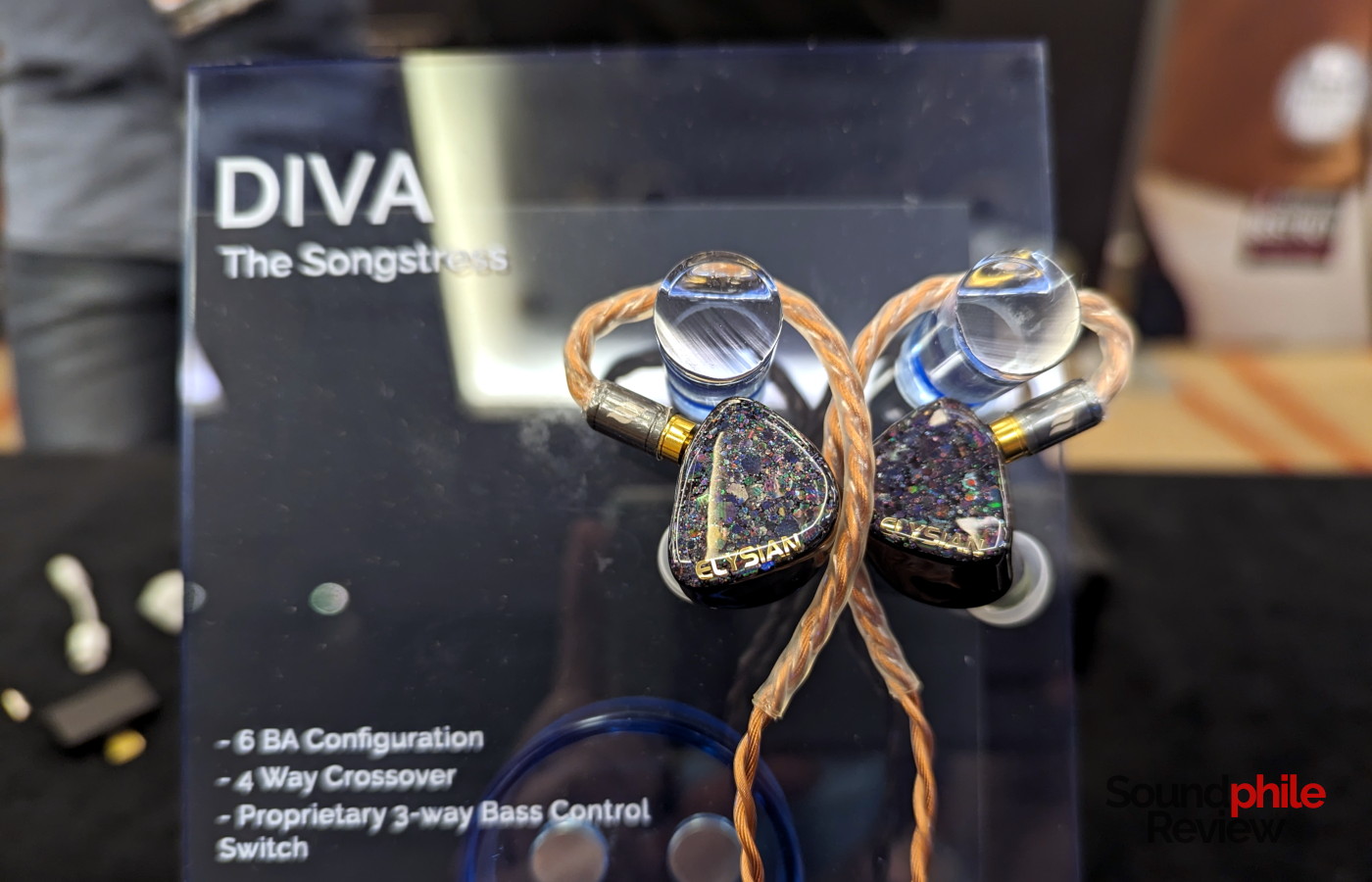
Elysian had two products at their booth: the Diva and the Annihilator. The former is their newer product and sports a very balanced presentation, with very wide soundstage and great imaging. They offer a large amount of details throughout the whole spectrum, but especially in the high end. I found voices were convincingly realistic.
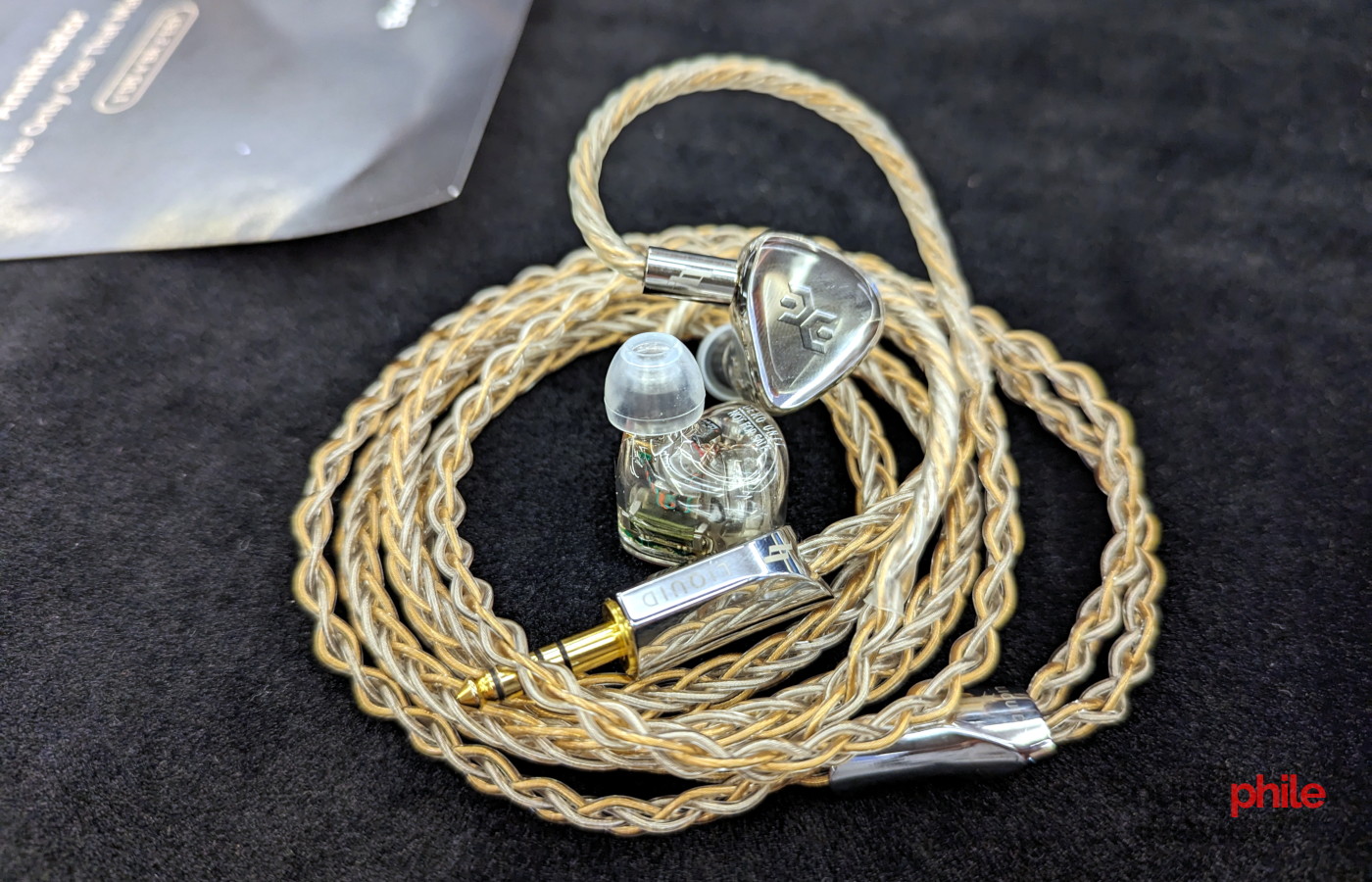
The Annihilator was one of the best earphones around and one of my personal favourites. It had a similar presentation to the Diva’s, but it offered more detail. Its tuning had a bit more treble, but that didn’t come out as aggressive or harsh and was therefore quite pleasant.
FiiO
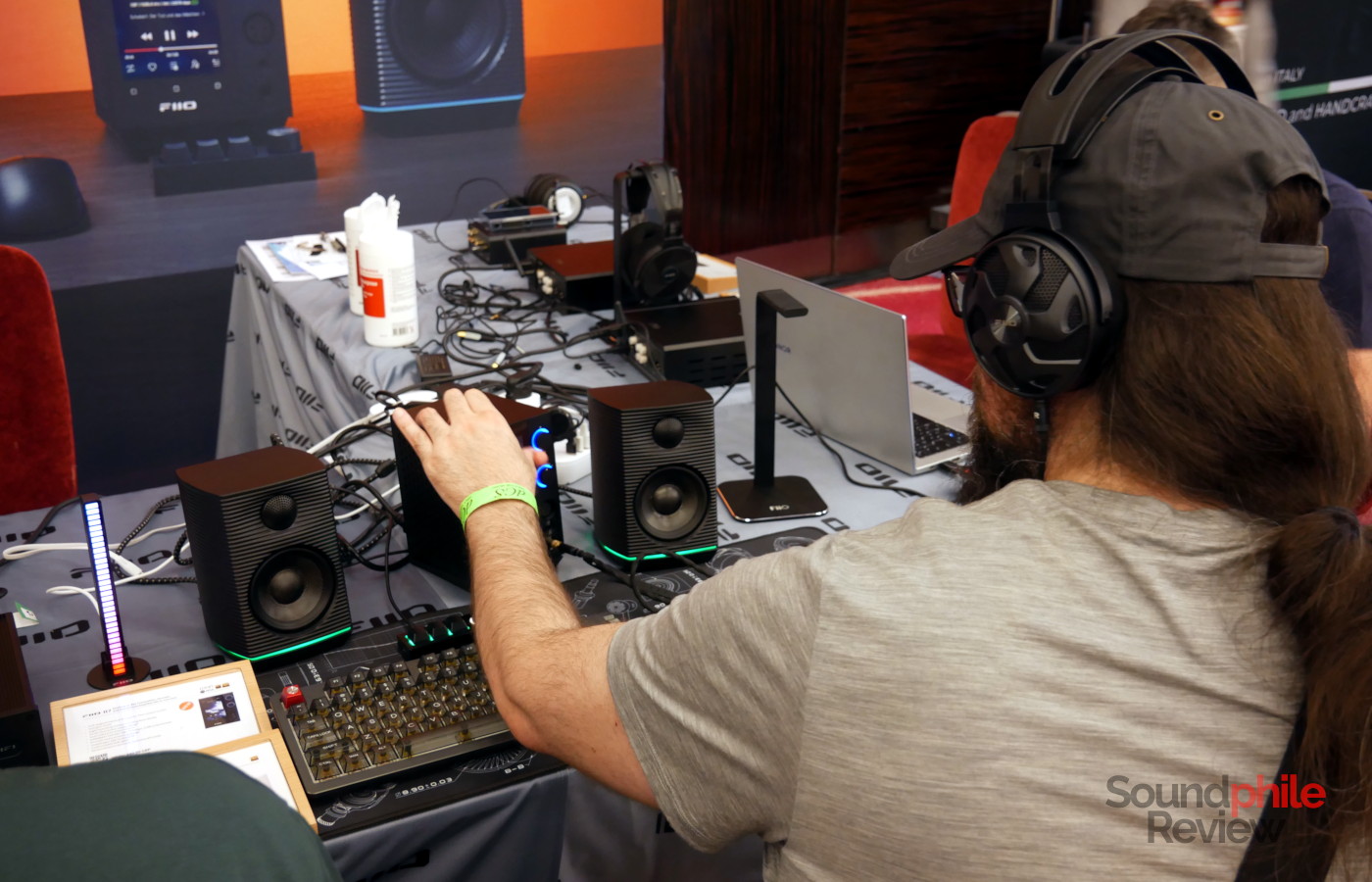
FiiO’s booth was one of the biggest at the show, and that’s because they had a lot of products. So many that it was basically impossible to try them all. There were earphones, headphones, desktop speakers as well as DAPs (considering we’re talking about FiiO, that was to be expected!).
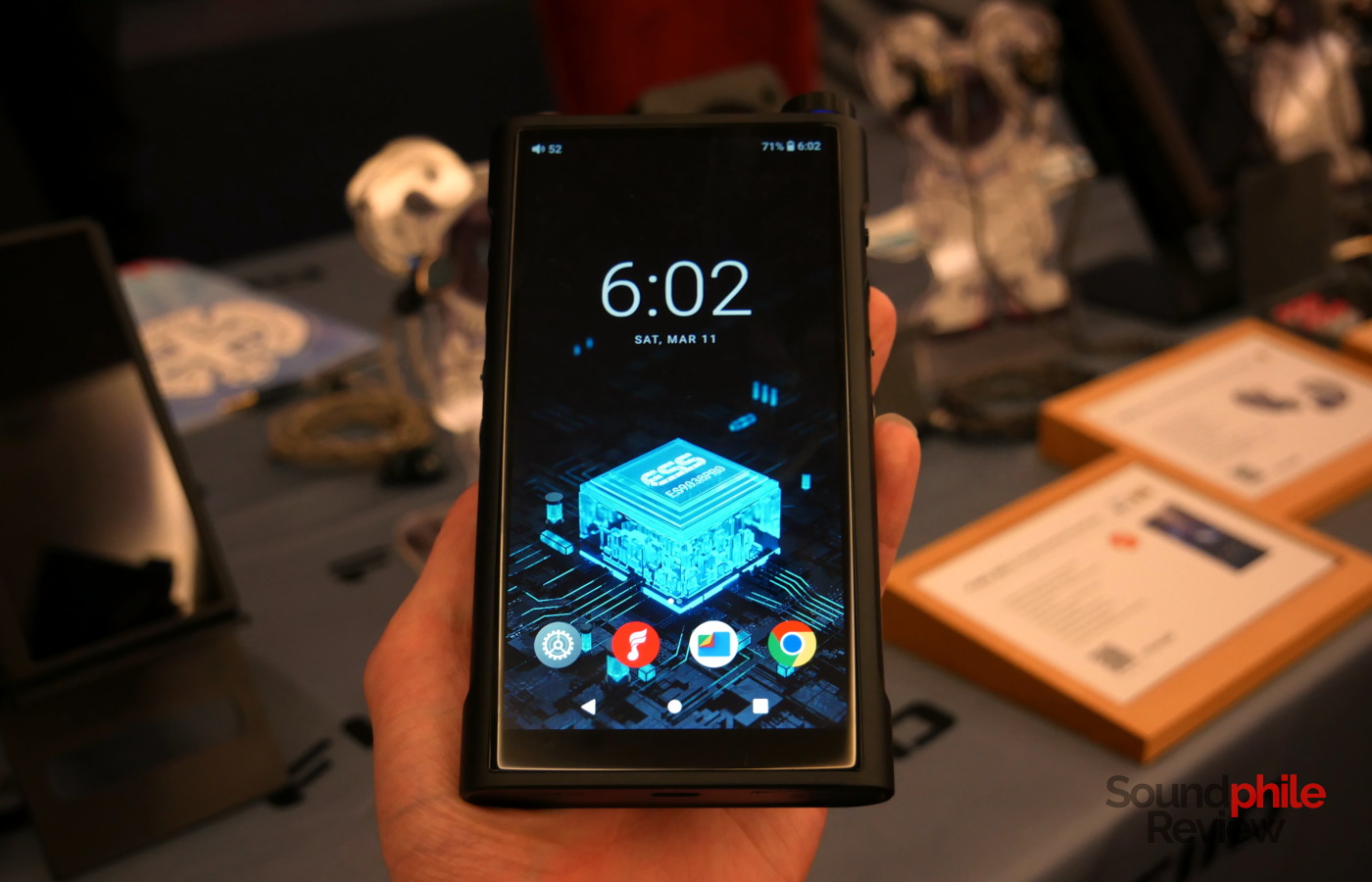
Like with A&K, saying anything about DAPs was hard, except for the fact that they were all quite massive. The one pictured above is the new M15S.
The headphones in particular struck me: the FT3, FT5 and GT1 were quite interesting models, all for their unique reasons. The FT3 (first picture) were open-back dynamic headphones (a fact which surely made judging them even harder), with a lot of details in the high-end and great instrument separation. They were extremely light, too, and offered great comfort. The FT5 (second and third pictures) were planar and as the model hasn’t launched yet (it will in November, more or less) the unit I tried was a pre-production sample subject to change. I found their sound to be quite impactful and dynamic, quite bass-heavy and a bit dark but with elevated top midrange which somewhat counterbalances this tendency to darkness. Just like the FT3, the FT5 were really comfortable.
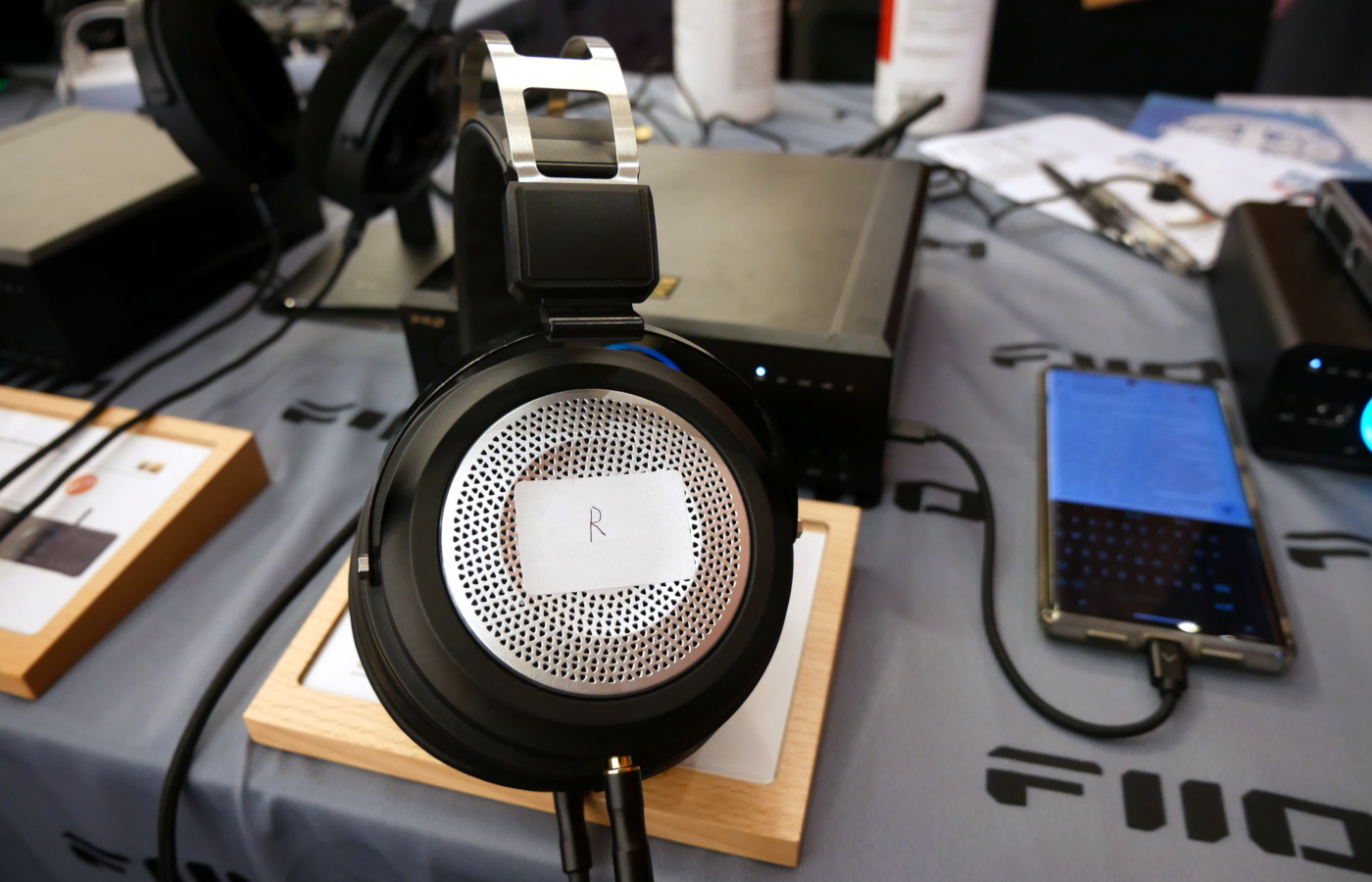
The GT1 were quite surprising, with a design that clearly said “pre-production sample” (there were literal stickers on the sides that indicated the channel!). I found them quite bright, with accentuated upper midrange as well as treble, which made them fatiguing after a bit. Like the other two, the GT1 too was very lightweight and comfortable.
The R7 was a very interesting concept. This is basically a DAP in desktop form and it is meant to be kept on your desk – also because it is large enough you wouldn’t be able to carry it with you anyway. It comes with Android 10, powered by a Snapdragon 660 processor. It offers balanced output for both headphones (XLR4 and 4.4 mm) and speakers (two XLR3 connectors on the back). It can connect to the network with both WiFi and Ethernet, and it accepts microSD cards and USB devices. Being this Android, it is expandable and compatible with apps by all streaming platforms. It was paired with the new SP3 desktop speakers.
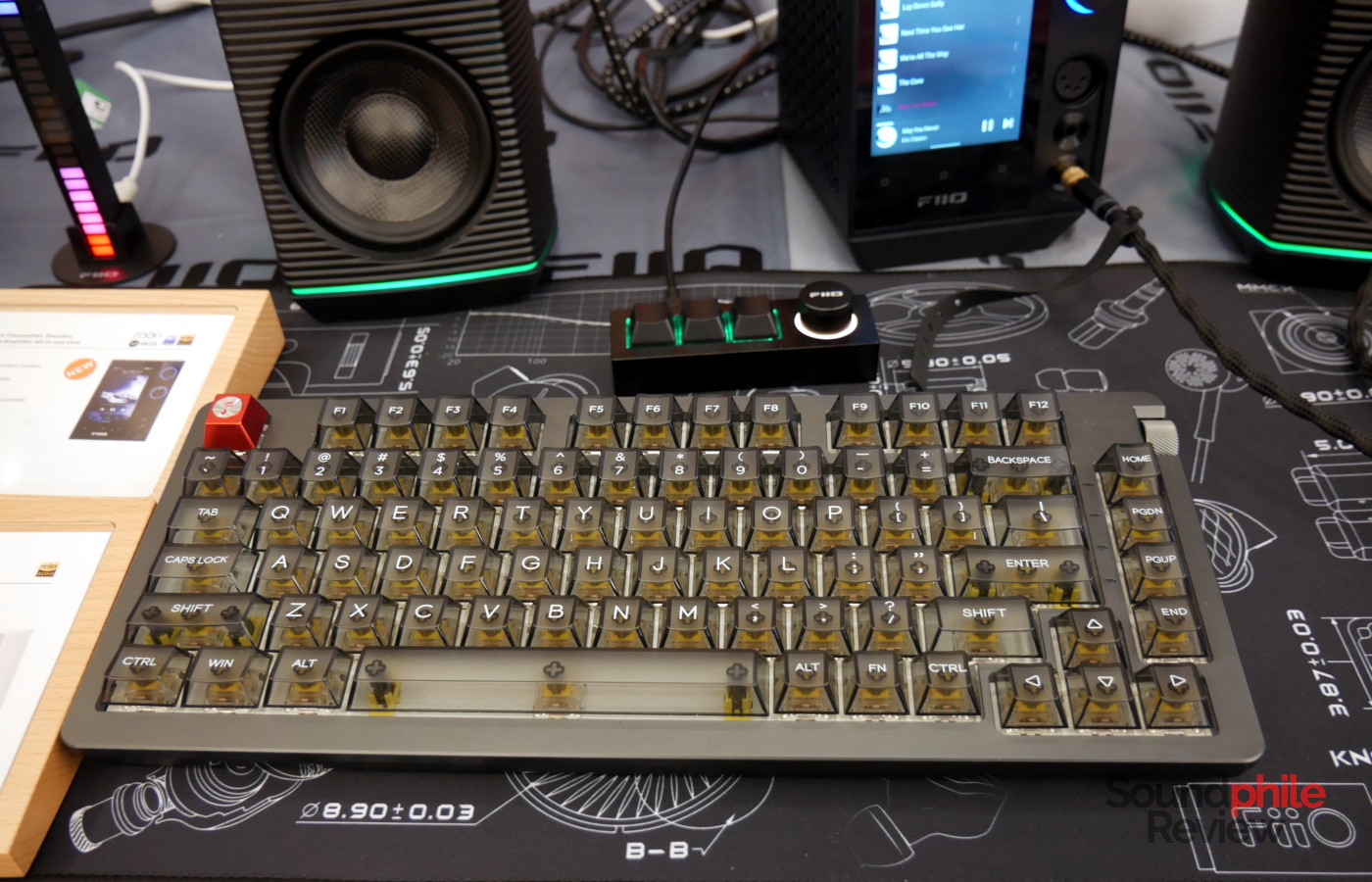
FiiO also had their new mechanical keyboard on display. Yes, FiiO is working on a mechanical keyboard, and it looked great! It also comes with a few interesting features: not only does it have two USB ports you can use to connect e.g. USB keys, but it also comes (being this FiiO) with audio outputs and a volume wheel on the right hand side. It basically has a DAC and headphone amplifier integrated directly into it. This is also a good opportunity to say: watch this space, there’s new things to come! (wink wink)
RAAL-requisite
RAAL-requisite was present with both its headphones – or, better said, headspeakers. The SR-1b was launched a few years ago and got the attention of the press and the public alike. I’ve tried it briefly and found it extremely interesting, not just as a concept in itself but also because of the way it delivers sound and allows you to adjust the direction of the speakers, so that the sound changes completely: if you keep them parallel to the ears you get a relatively bassy, headphones-like sound; if you open them up, you get a much grander, wider sound at the price of having less bass. The level of detail is simply astounding.
The CA-1a sound much more like traditional headphones, in terms of presentation; they do keep the superb detail level of the SR-1b, though. They have incredible speed, with deep and powerful bass; the soundstage is very open and the imaging is pinpoint accurate. One thing I noticed, however, is that treble is quite hot.
Speaking with Danny McKinney, CEO and co-founder of the company, he told me there is a new product coming out in a couple of months; he said that future products will target higher tiers of the market, as the CA-1a already hits the lower limit in terms of cost reduction. It’s certainly going to be really interesting to see what’s cooking in the oven!
Nightjar Acoustics
The Singularity is Nightjar Acoustics‘ first in-house IEM. It has a single dynamic driver and retails for a whopping $1,300. I found it quite dark overall, with great bass extension which however leaked a bit over the mids, as well as reserved treble. Trying them out with a more powerful amplifier than the one I had made them open up a bit more, but only so much. I quite liked the texture of bass, as it was physical and rumble-y. Overall the tonality was really nice and I enjoyed them, although I recognise they are probably more suitable for some specific genres.
SparkoS Labs
SparkoS Labs introduced their new Gemini amplifier at CanJam London 2023, and this was quite a weird amplifier. If I remember correctly… checks notes… it is a hybrid amplifier with a tube pre-amplifier stage. There are two levels of gain, high and low; curiously enough, high gain not only gives you more power, but also makes the sound more solid-state-like. In the chaos of the show this wasn’t immediately audible, so I won’t comment on that, but I really liked how the Gemini was built and especially the knobs. Oh boy, how good is that knob. The amplifier is single-ended, but it does sport an XLR4 output for convenience.
Subtonic
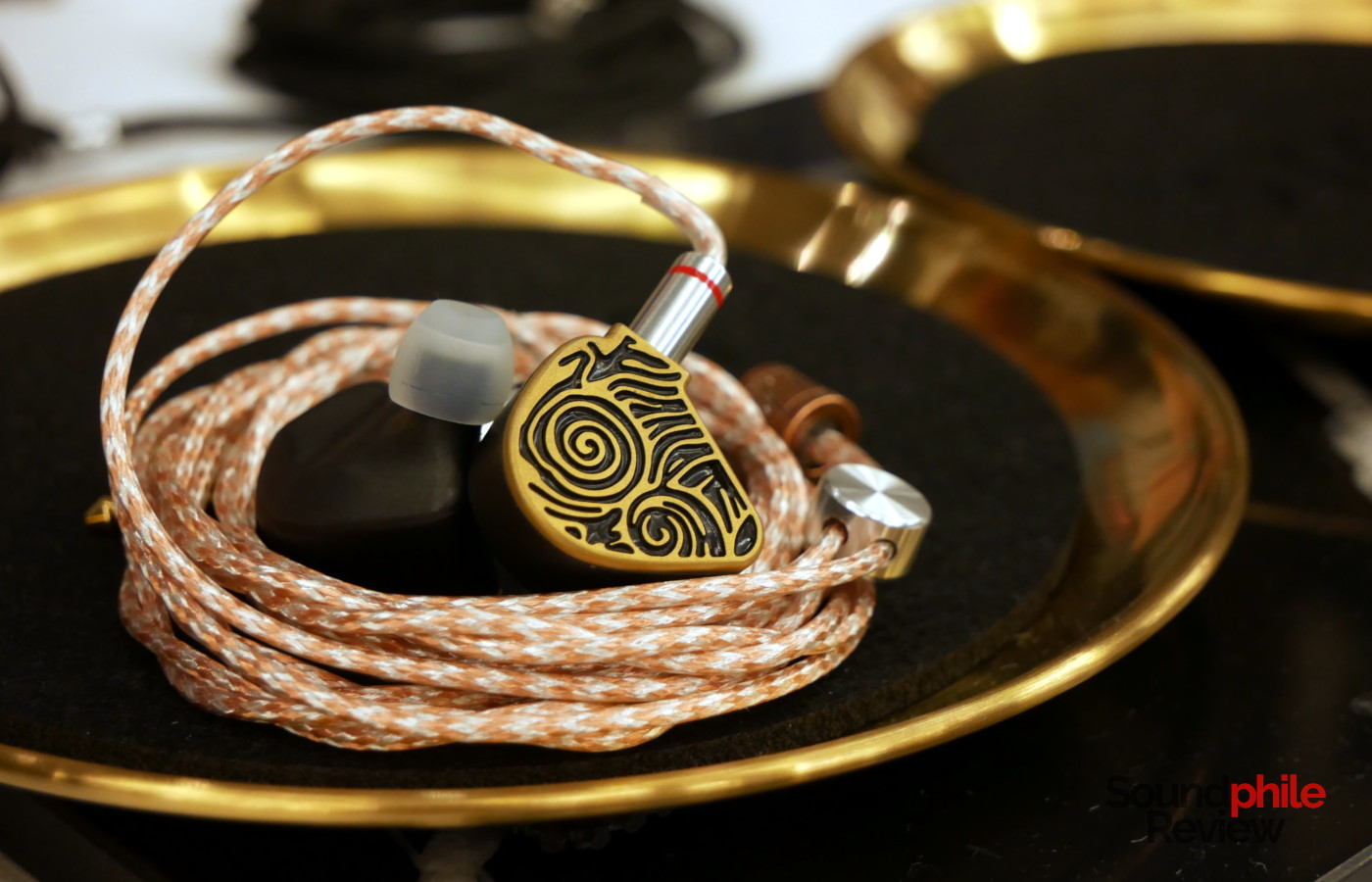
The Subtonic booth was constantly full of people, as the Storm were highly sought after. It seems like I was in luck as I happened to visit the booth in a moment of quiet. The Storm were definitely among the best-sounding earphones at the show. In my notes I wrote: “big headphones sound in an IEM”, and that really describes the thing. They’re very well balanced, with powerful bass and airy high end. There are superb detail retrieval, wide soundstage and accurate imaging as well. Despite the large size, they’re also very comfortable, which certainly doesn’t hurt.
Final Audio
The start of the show for Japanese headphone maker Final was the new X8000. These headphones looked straight out of a sci-fi movie – and felt like one. Unfortunately the unit on display was not functional, so I couldn’t test it, but wearing it was nothing short of weird. In fact, they didn’t feel like headphones at all. They’re incredibly light, and the mesh that functions as earpads makes the headphones sit on top of the ear – something I didn’t really like, but which may be subject to change before the model enters production.
Soundz
Greek manufacturer Soundz was making its CanJam debut this year, with their whole collection on display. Just like Canpur, they focussed on the pro audio market and are now shifting to the audiophile market as well. I tried their upper tiers products and found them to be quite interesting: they all had multiple balanced armatures, which made them quite fast. A peculiarity of all models is a switch that changes the tonality and in all the cases I’ve tried it, it boosted bass.
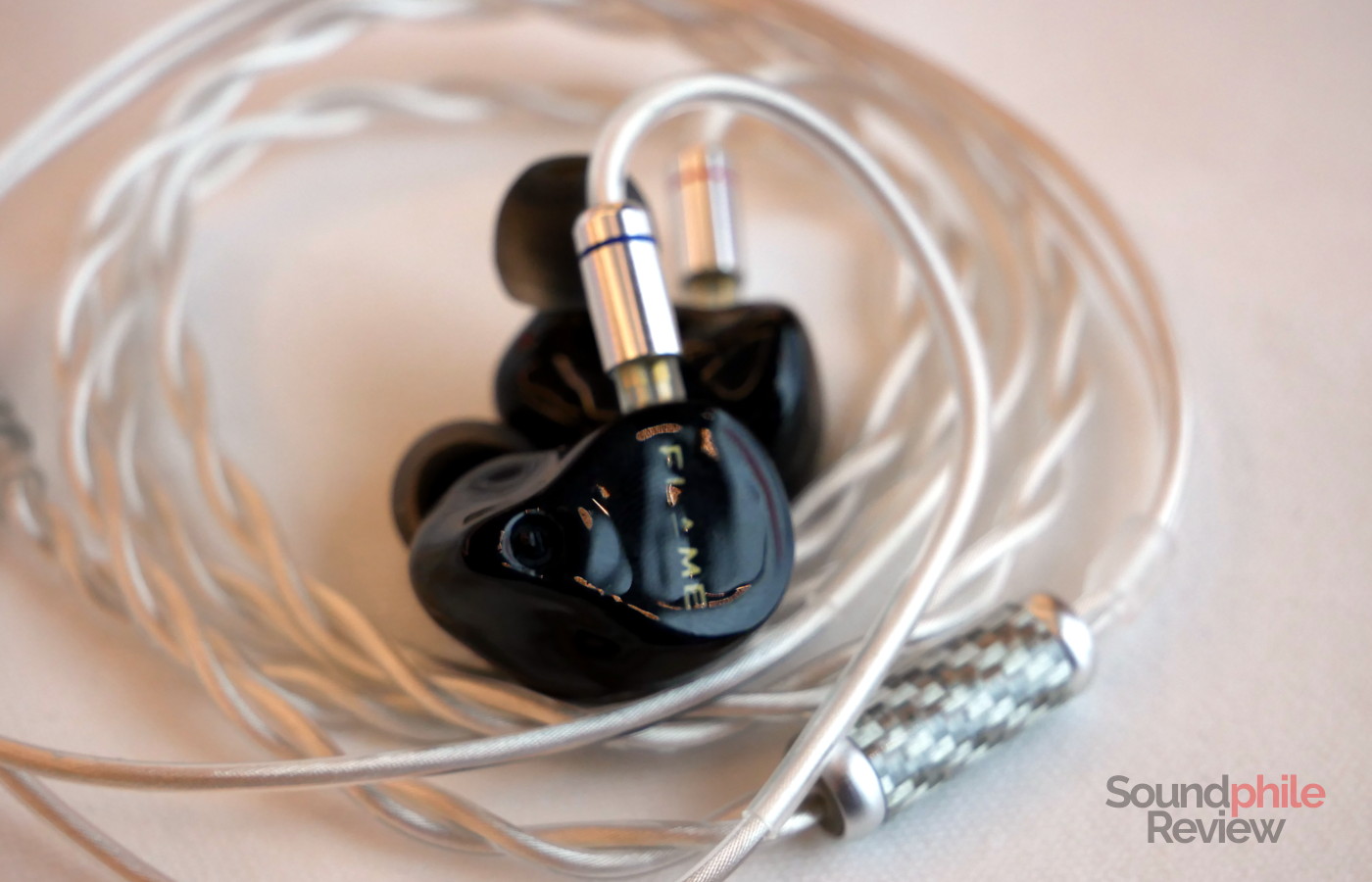
The first earphones I tried were the top-of-the-line Avant, with 10 BAs. They sounded well-rounded, with no part that appeared to come out on top of the others; they sounded a bit warm, though, and using the switch they became basically bass monsters. The Flame, which sit a step below, were definitely more neutral-sounding and were my personal favourites out of the three; the switch in this case just added a bit of fun to the mix without completely overturning the balance.
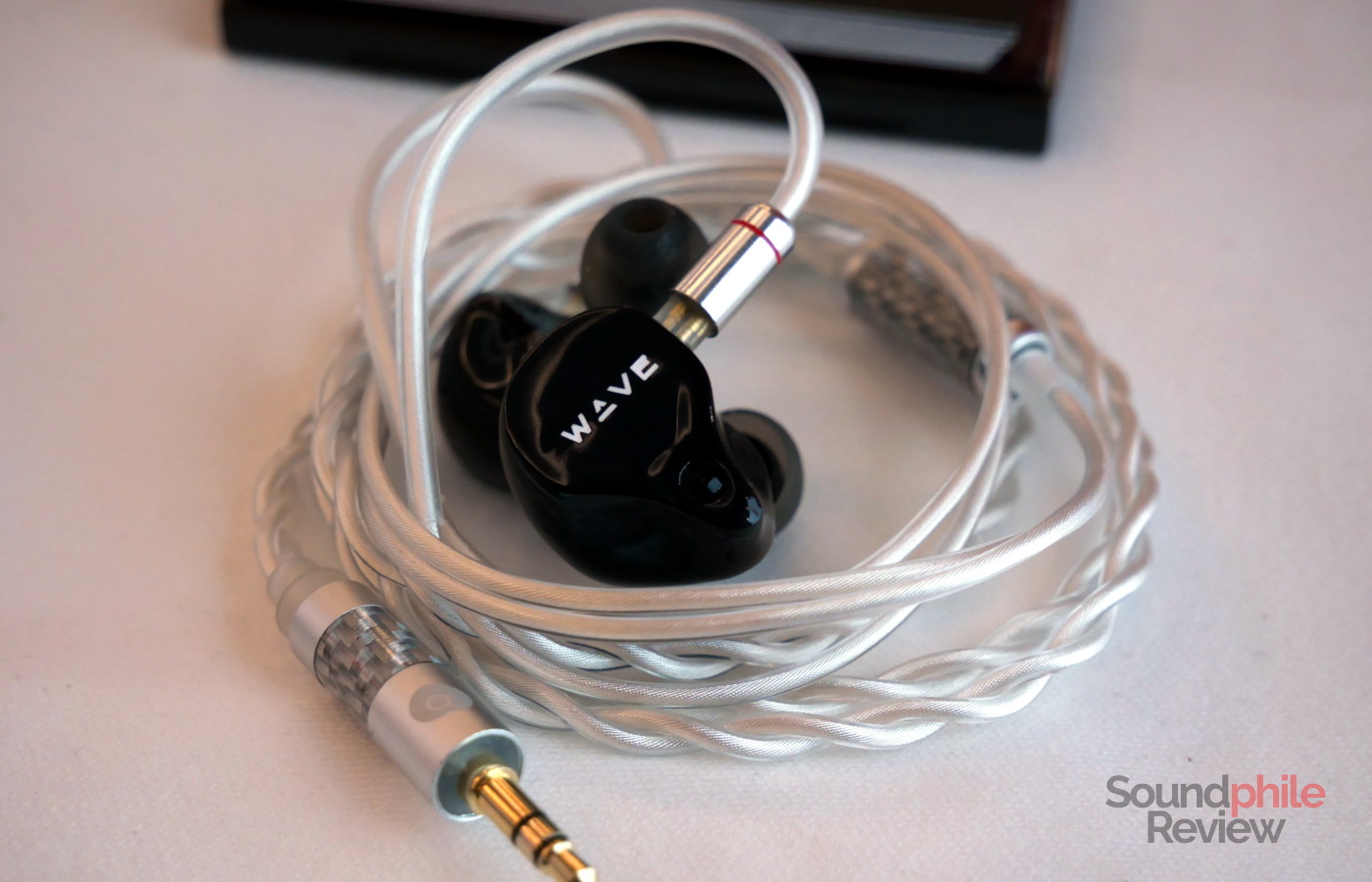
Lastly, the Wave were a good compromise between the Avant and the Flame, though they sounded less detailed overall.
Audeze
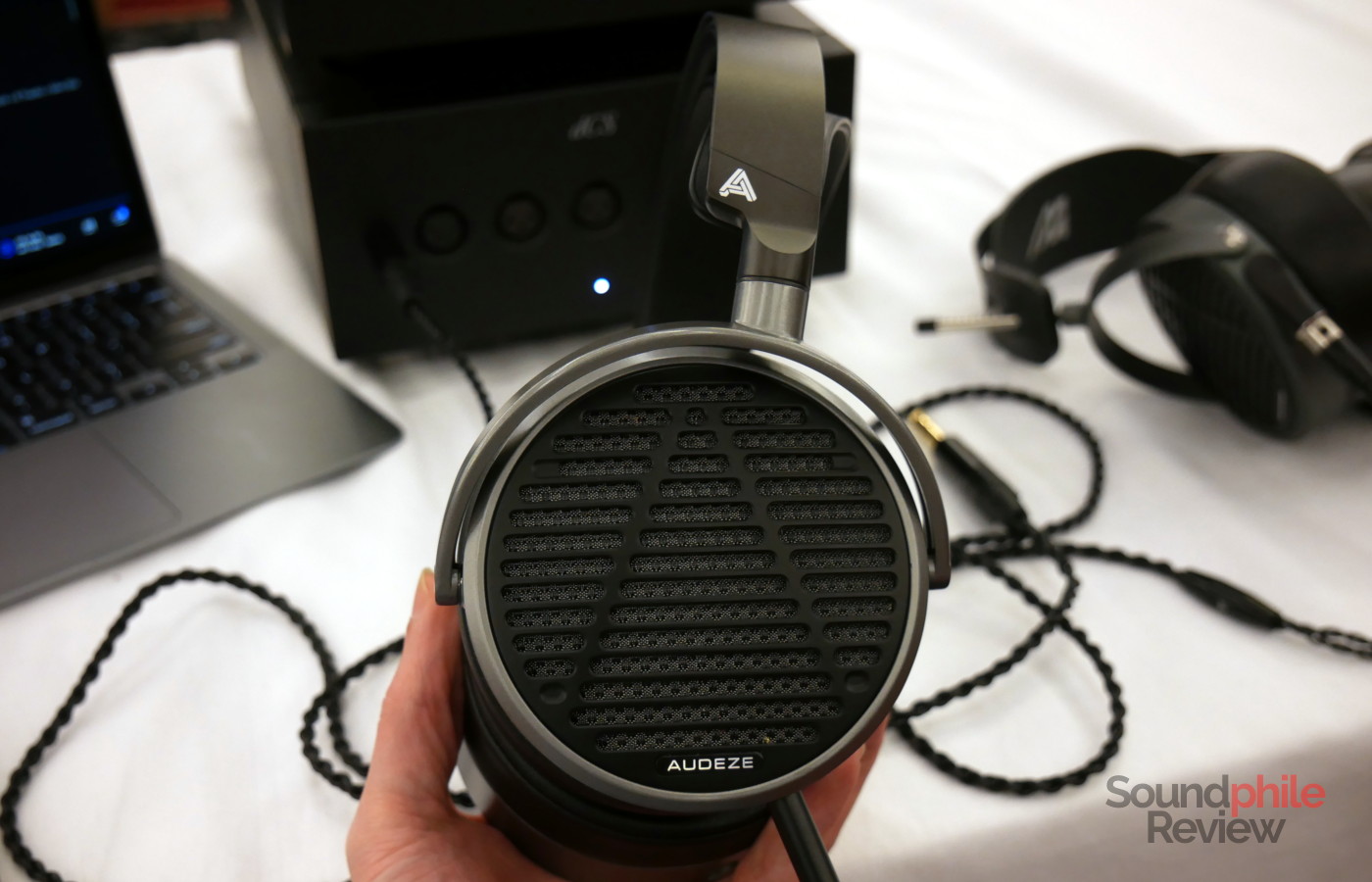
Audeze had their whole collection on show – and they were just too many! I tried the MM500, MM100, LCD-5 and Carbon. As this was very nearly the end of the second day, there was some music being played loudly over speakers that didn’t help at all, so I have had to keep my considerations to a minimum. I found the MM50 quite comfortable, despite the size, and I noticed especially how present the midrange was, especially in the upper end; they sounded bright, with an overall very enjoyable presentation.

The MM100 were even brighter, but they were also a bit lighter and they offered a more intimate soundstage.
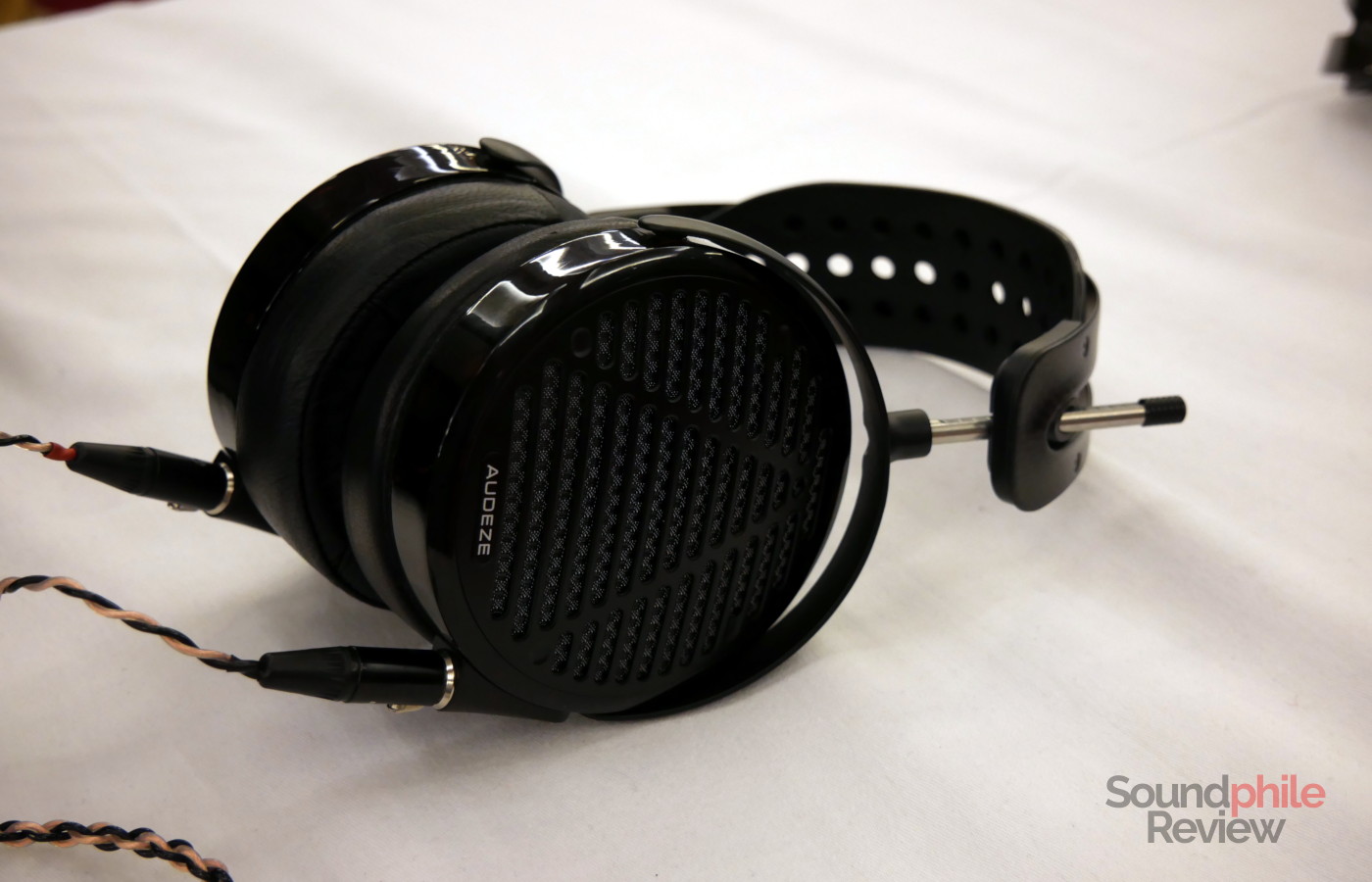
On the upper end there were the LCD-5, which offered a very nice and balanced presentation, with lots of details, especially in the upper area which sounded really airy. I noticed however how the upper midrange sounded a bit wonky, as an example with trumpets in Snarky Puppy’s Tarova. This might well have been a product of the listening conditions.
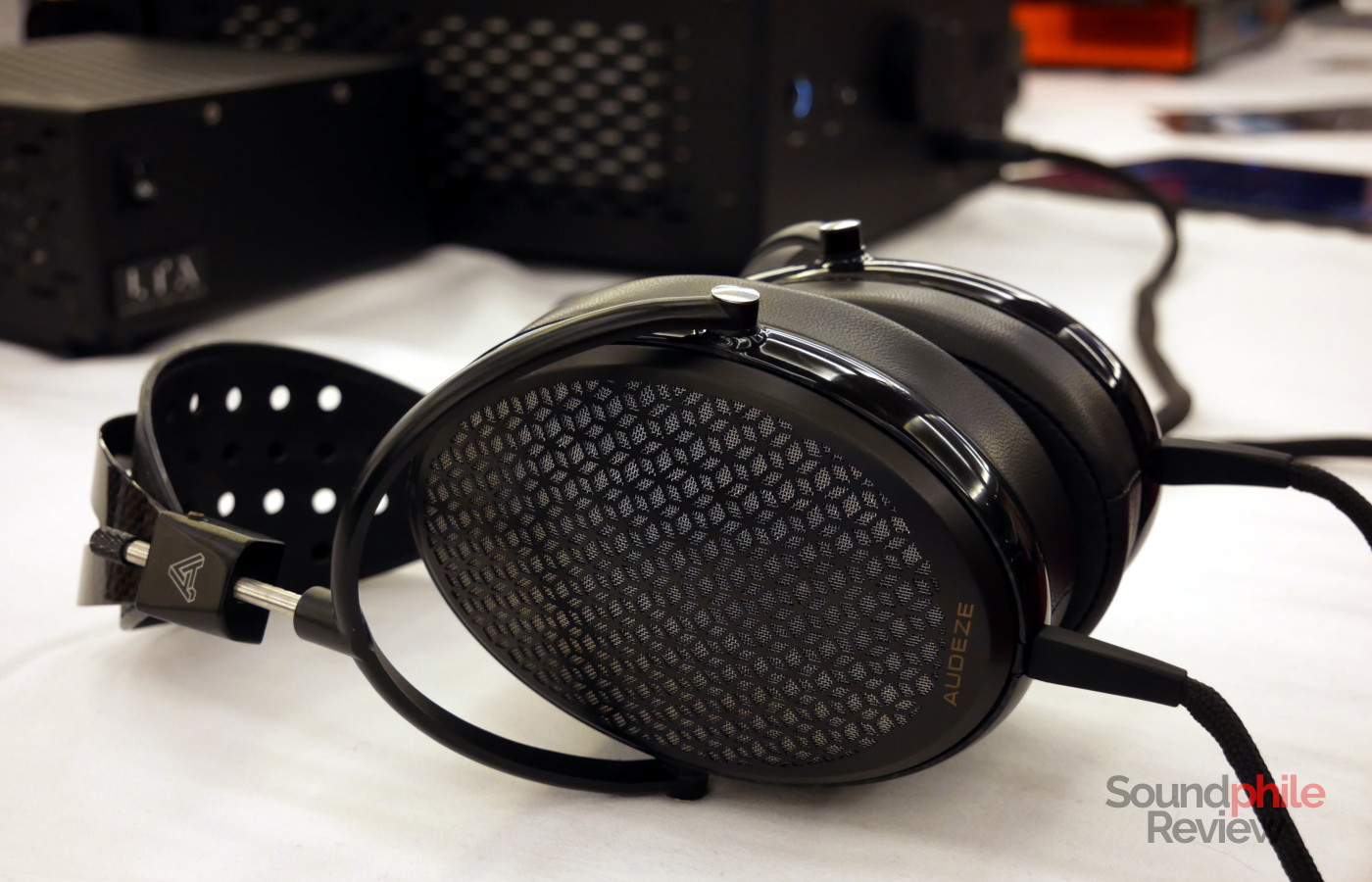
The Carbon immediately sounded blazing fast, with deep, rumbling bass and an overall incredibly airy and spacious sound. I quite liked the mids, which sounded very smooth and detailed.
HEDD
CanJam London 2023 was the occasion for German maker HEDD to showcase their new HEDDphones for the first time. They’re a definite improvement over the first generation and this is mainly due to the improved design: they’re smaller and far lighter, with a very interesting and peculiar system to adjust the suspended headband. It was hard to judge the sound quality, but my impression was of an incredibly smooth, neutral-ish frequency response that sounded completely inoffensive – and I mean this in the best possible way. Soundstage didn’t sound too large, but instrument separation and imaging were nothing short of great. Overall, the improvement over the first-generation HEDDphone was tangible and audible even on the chaotic showfloor.

